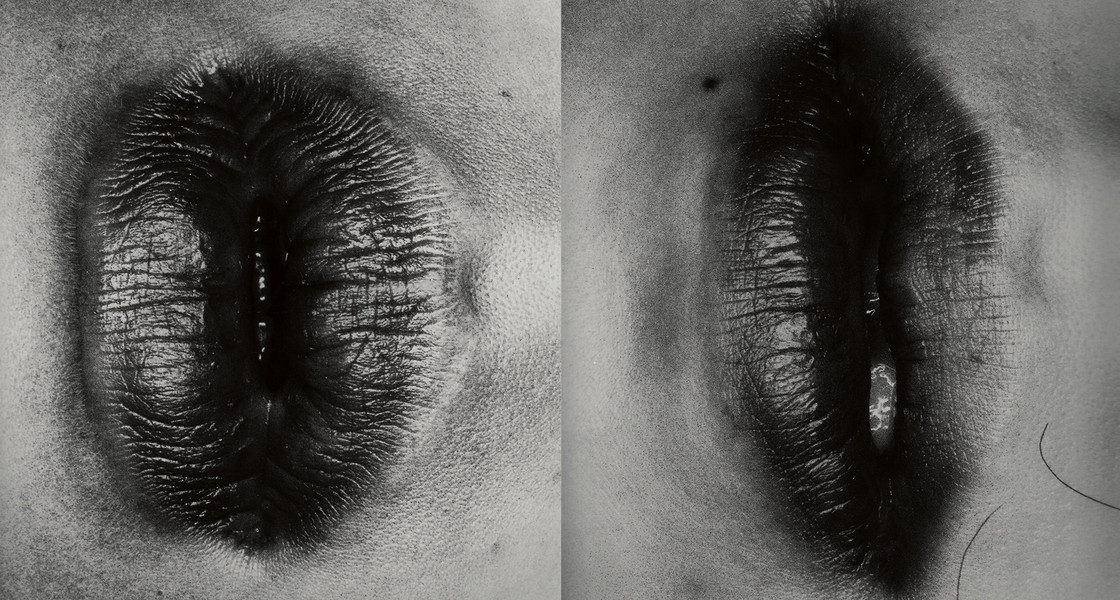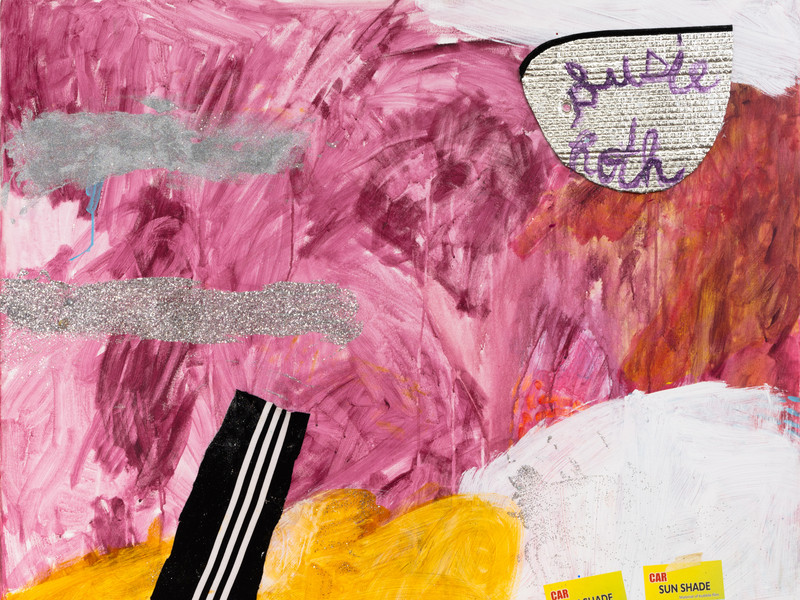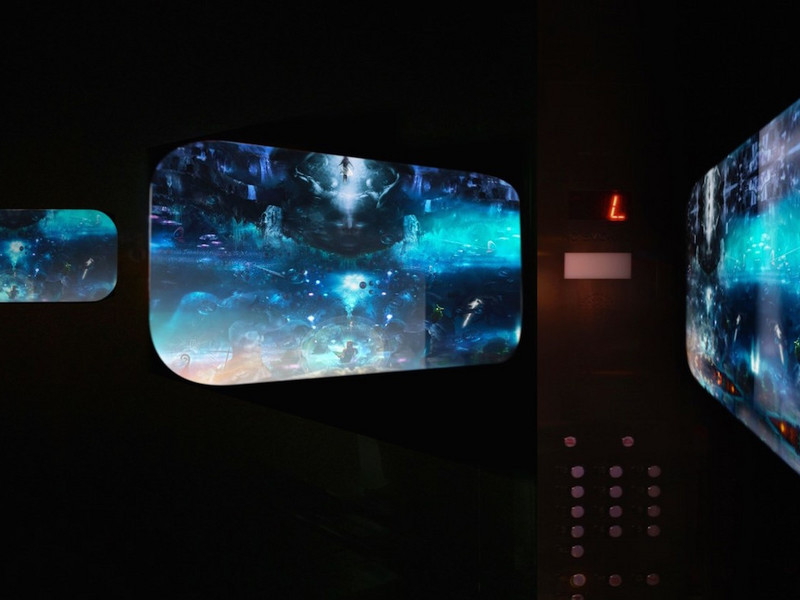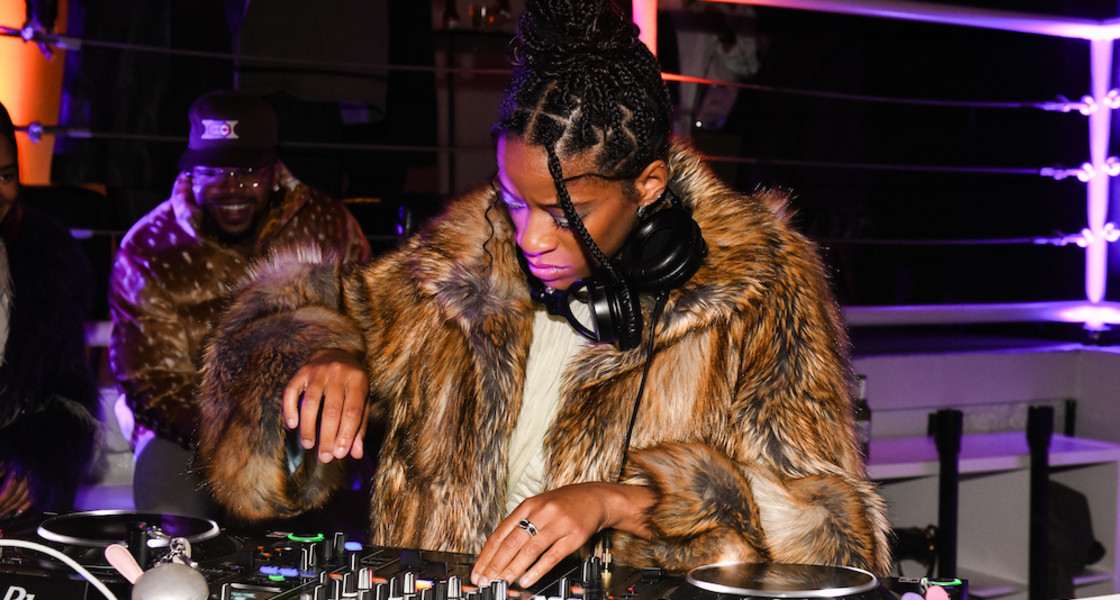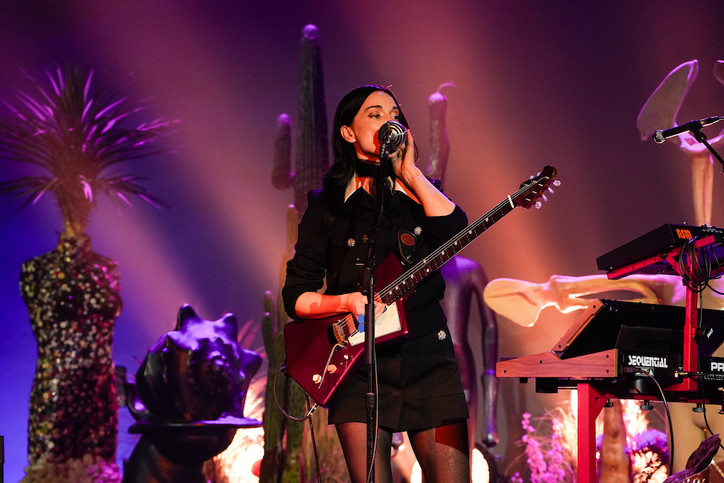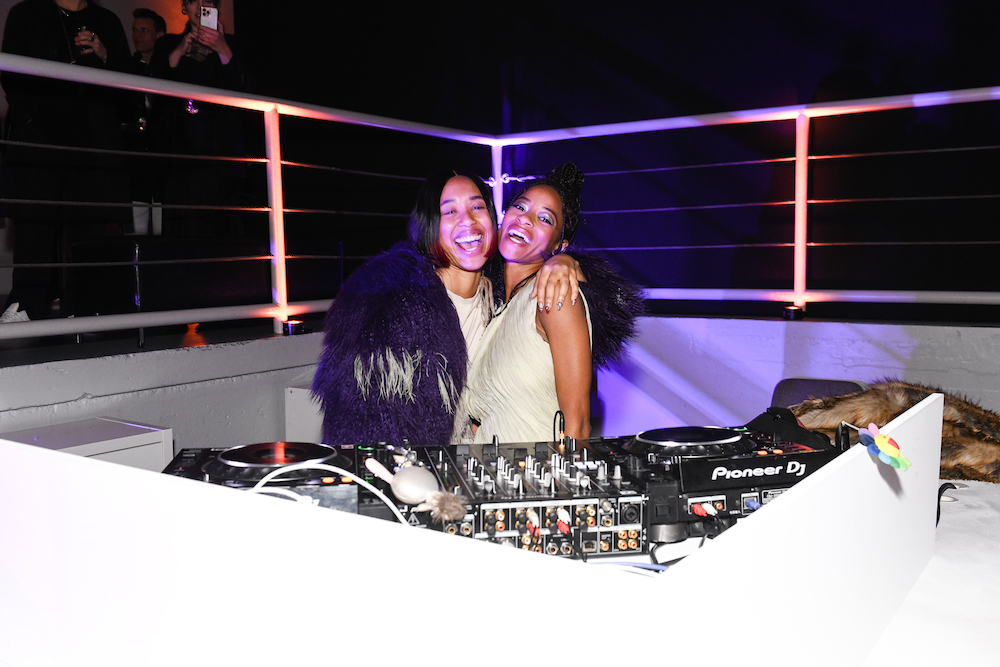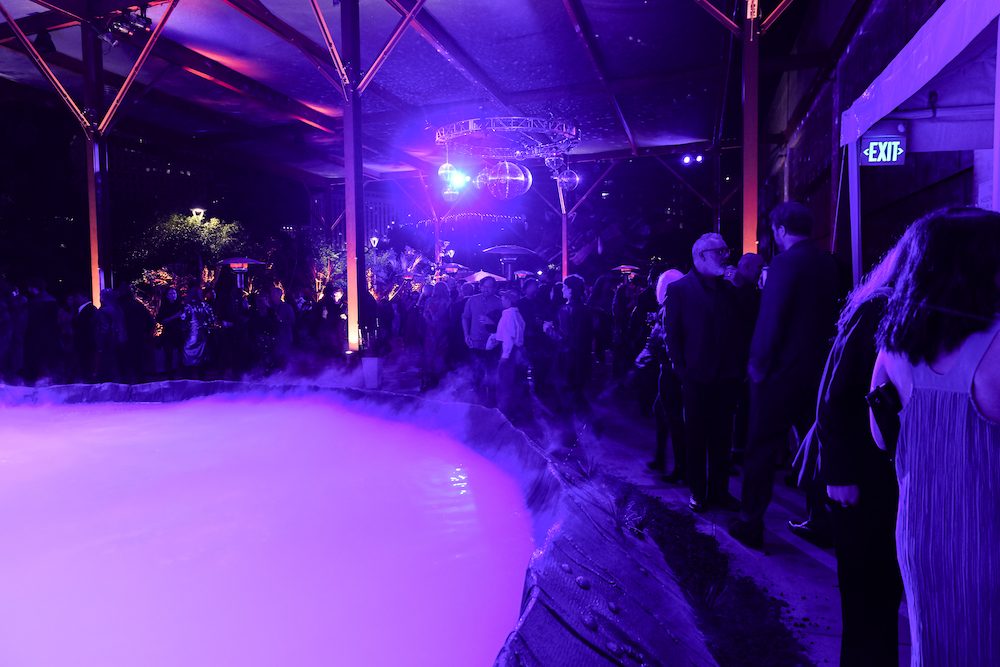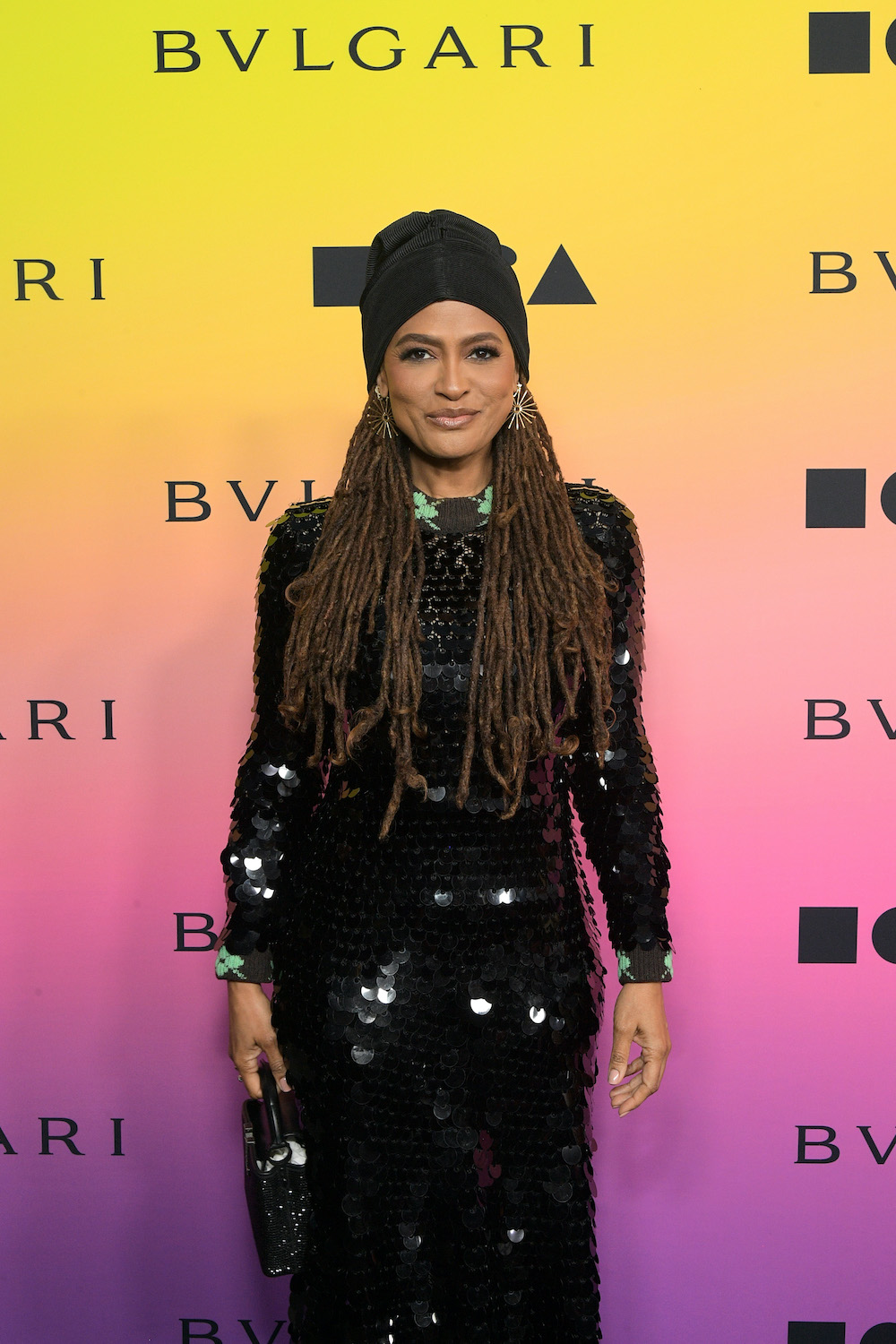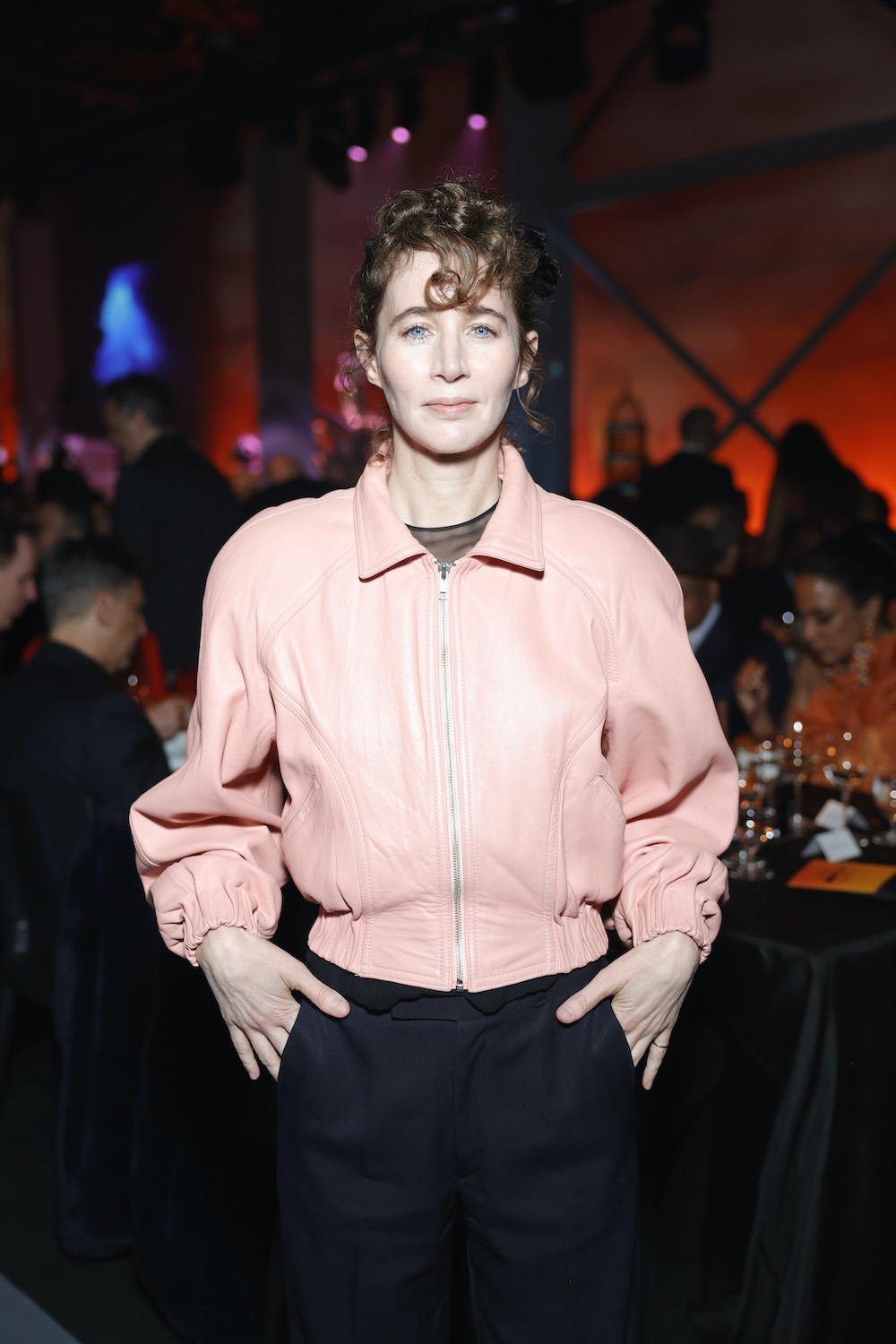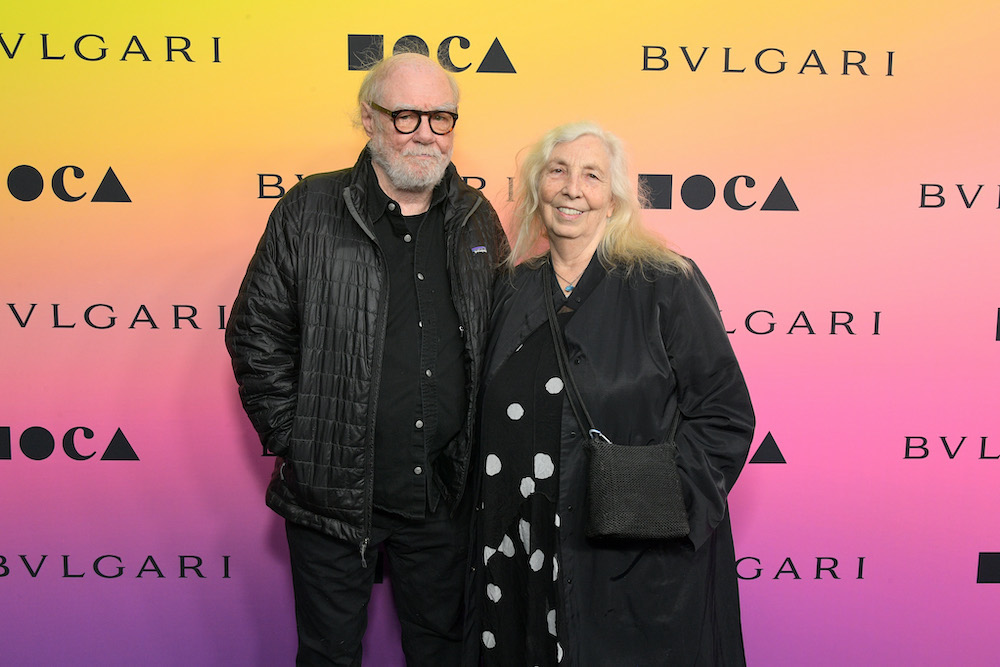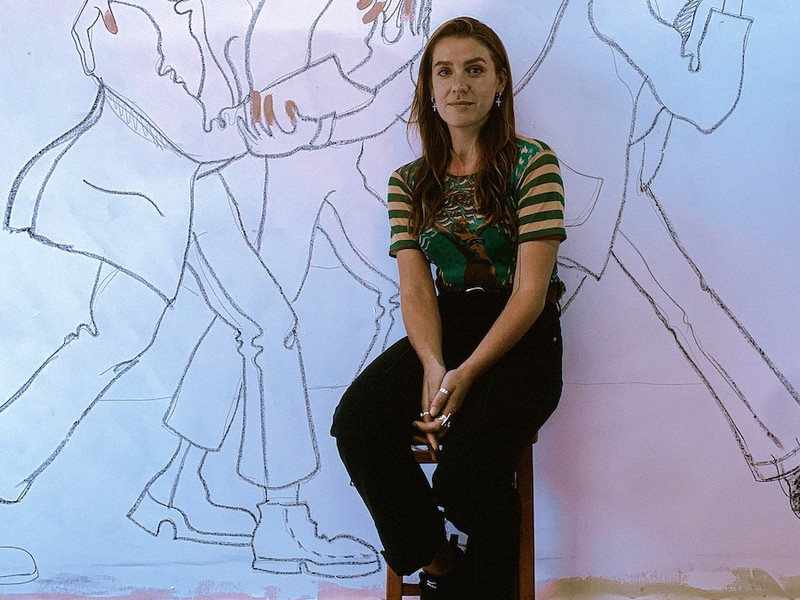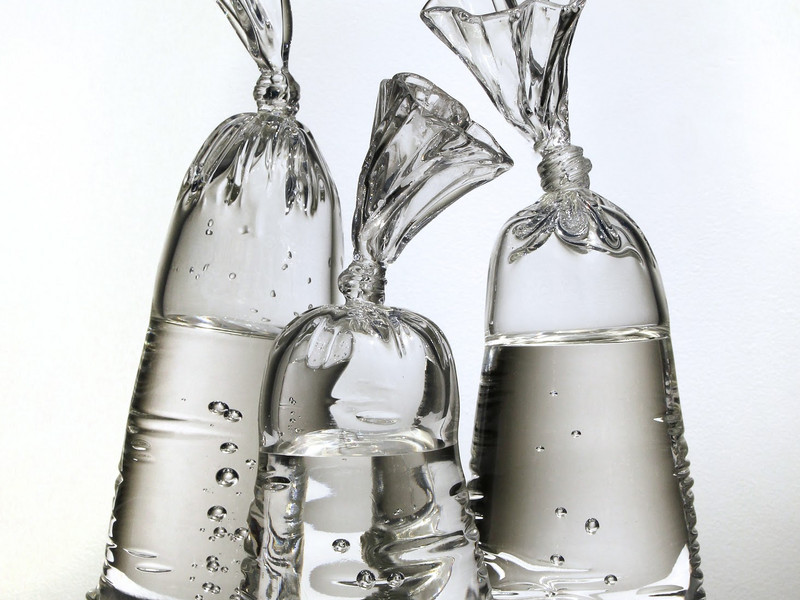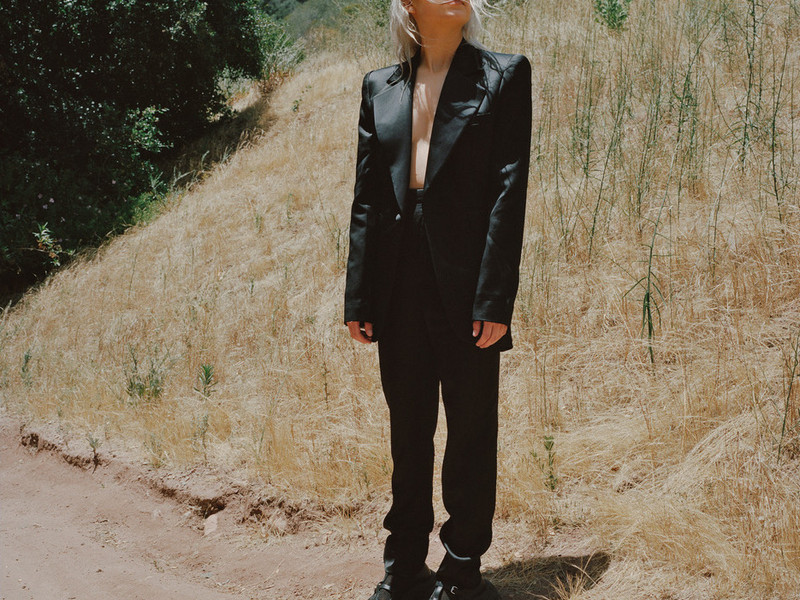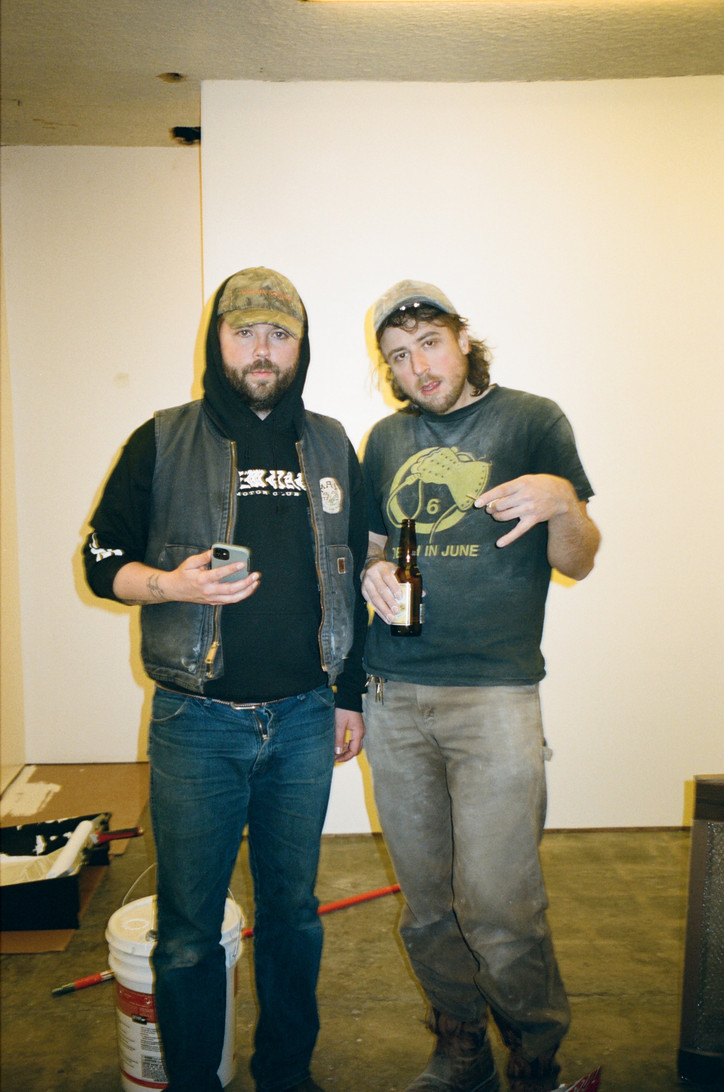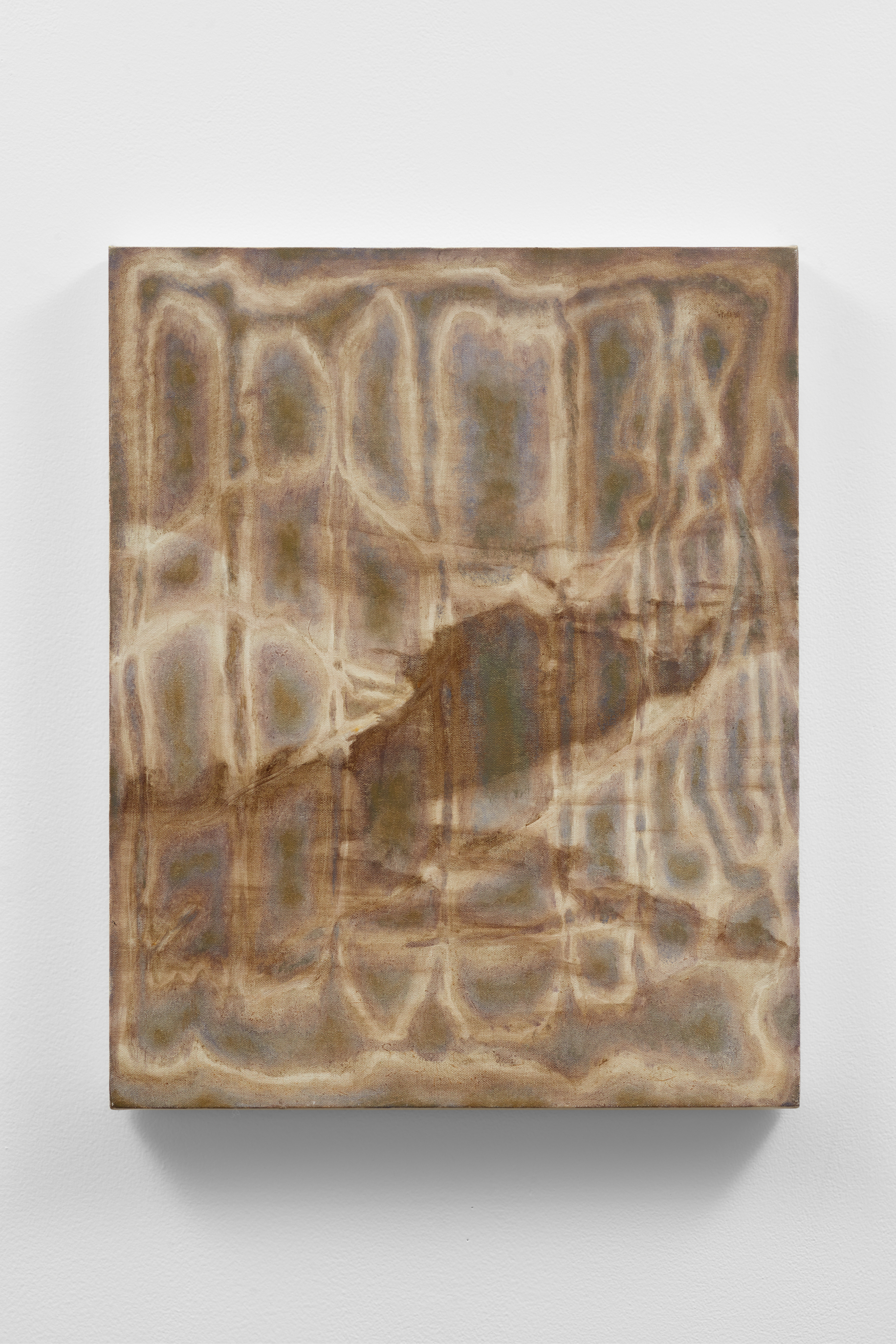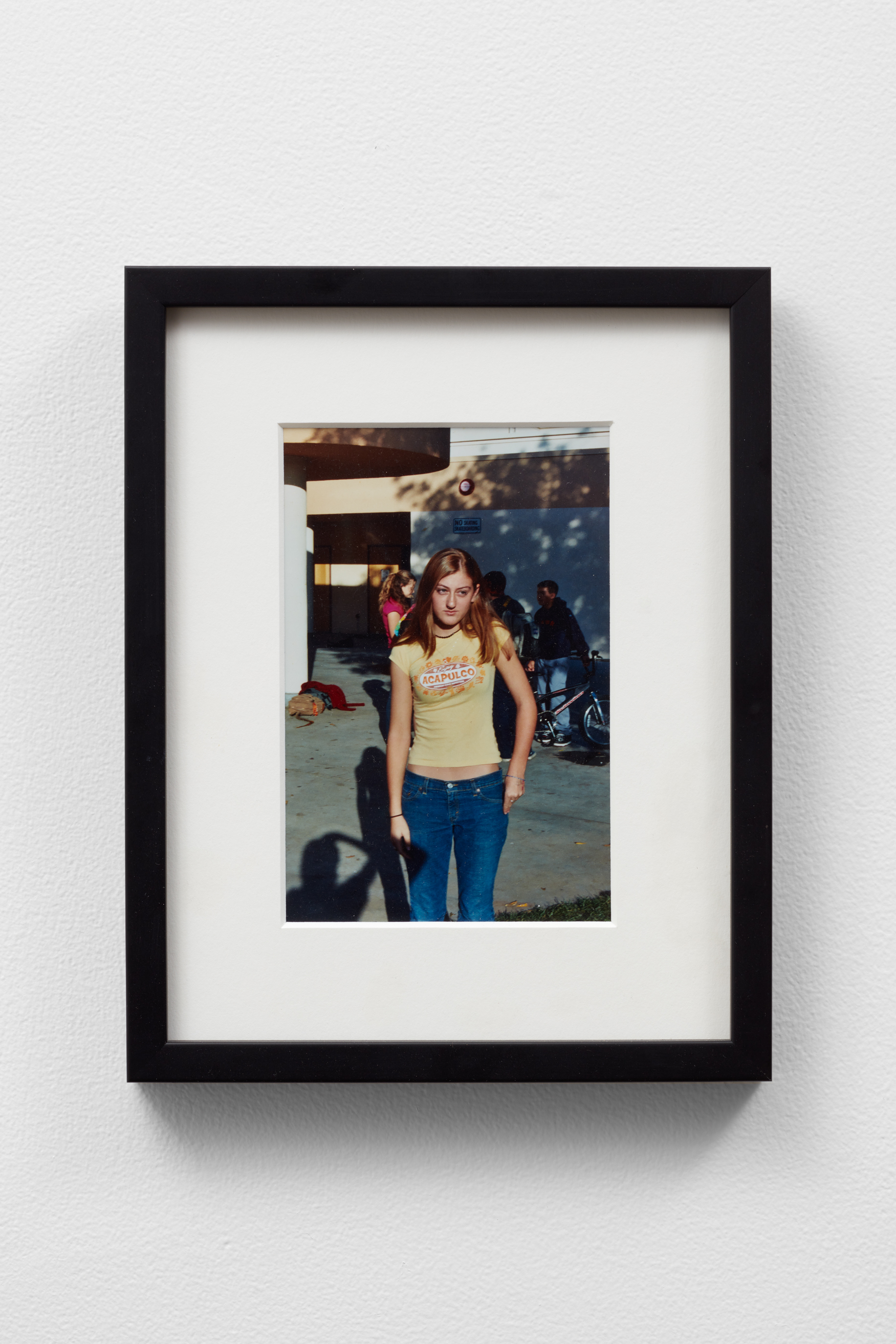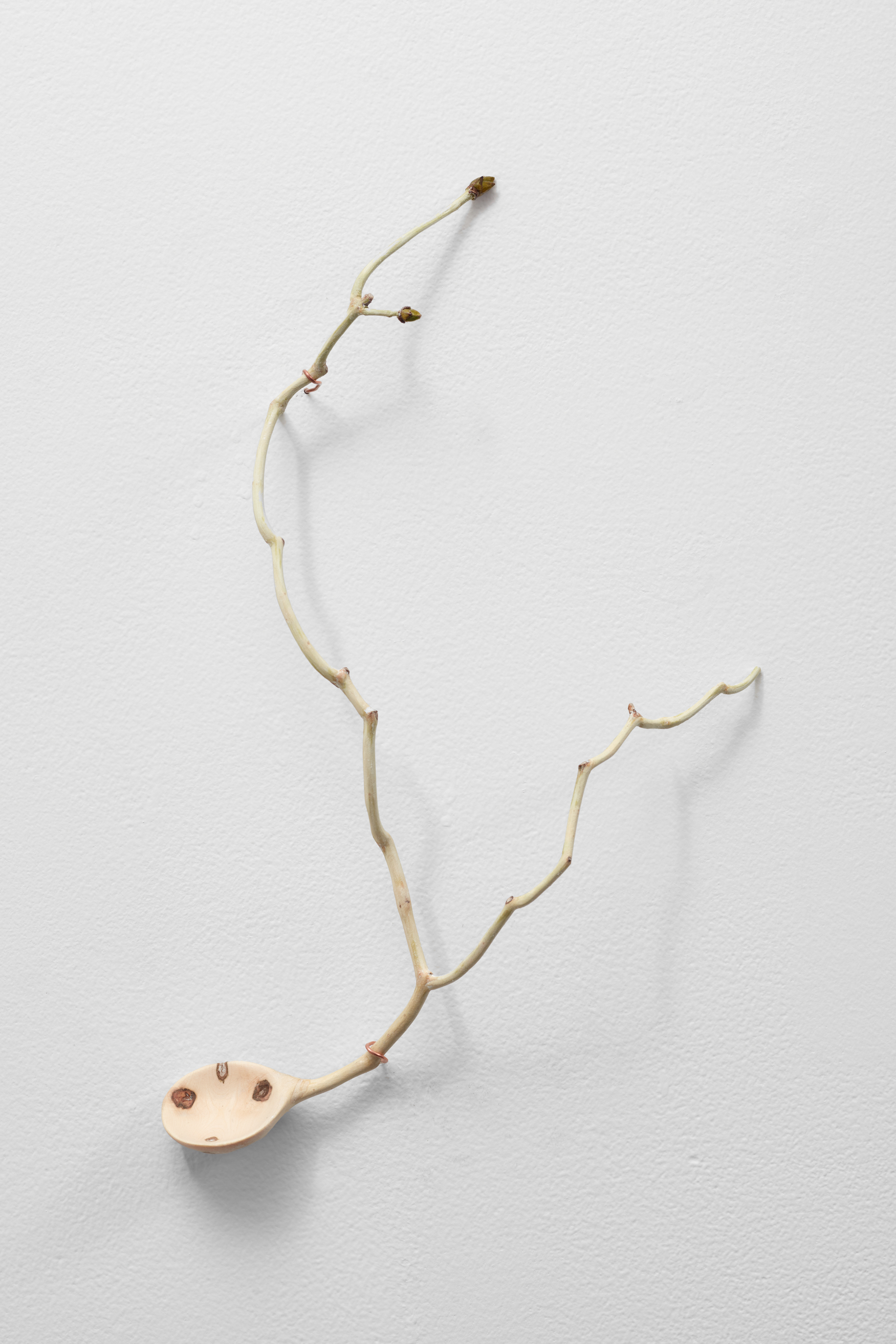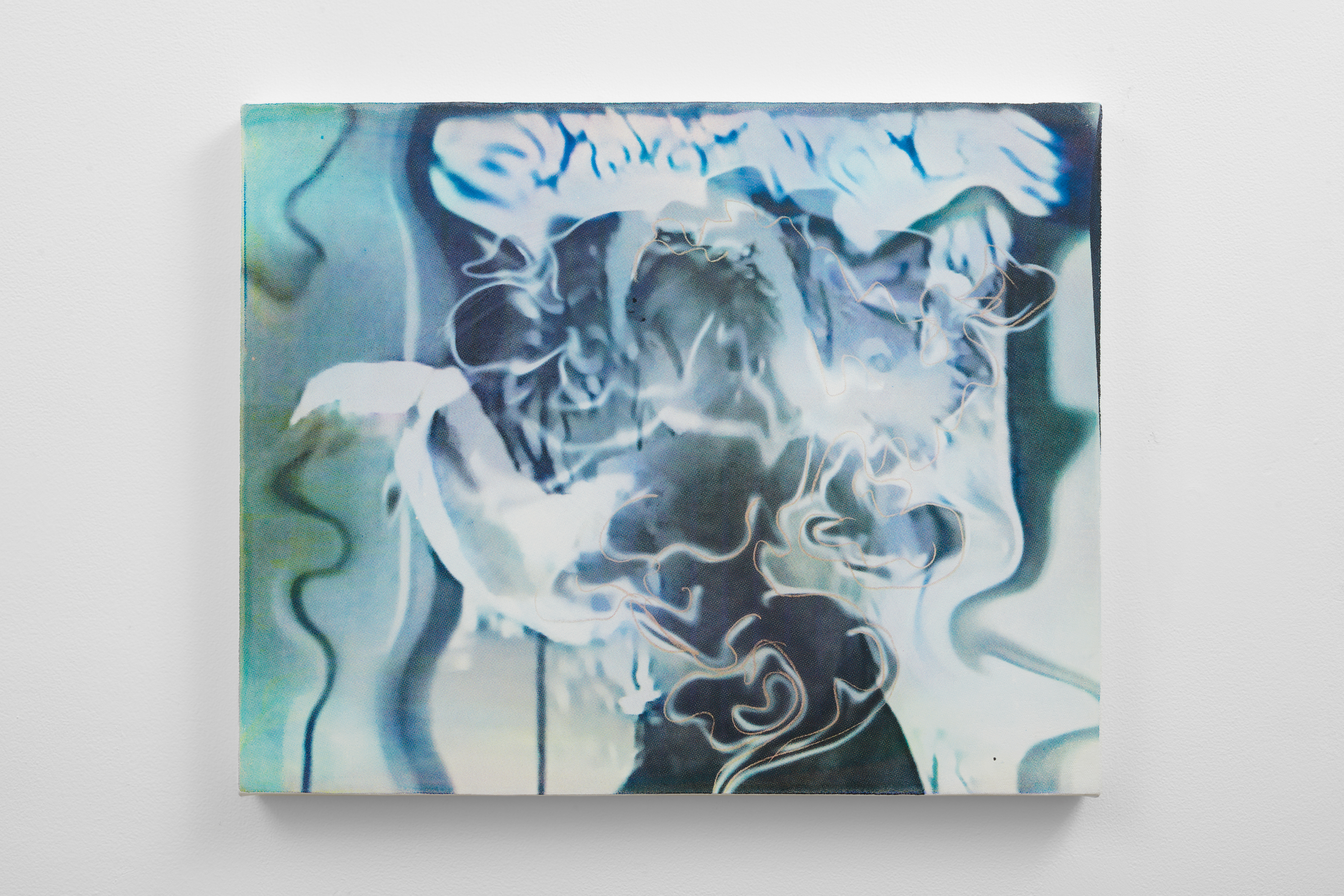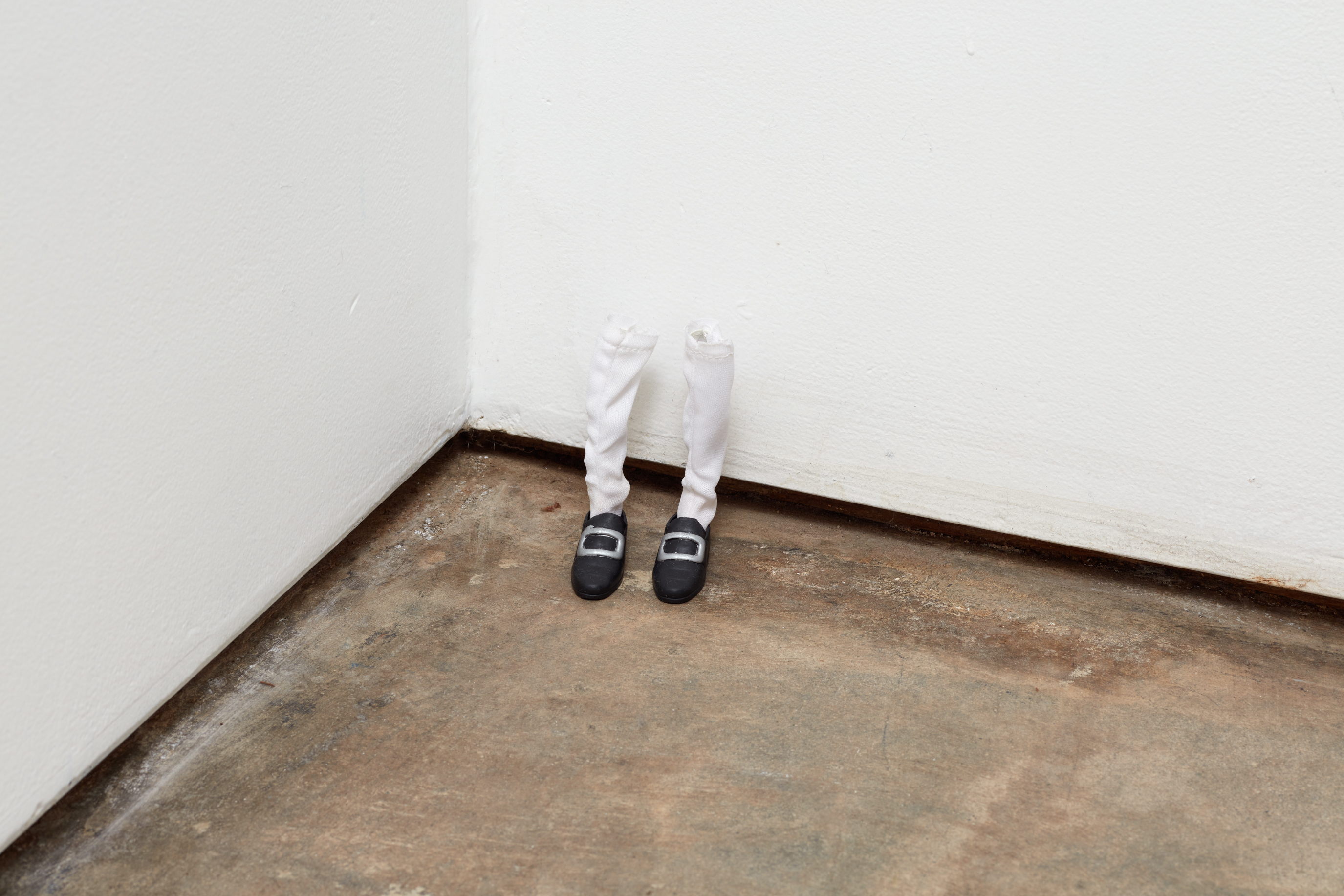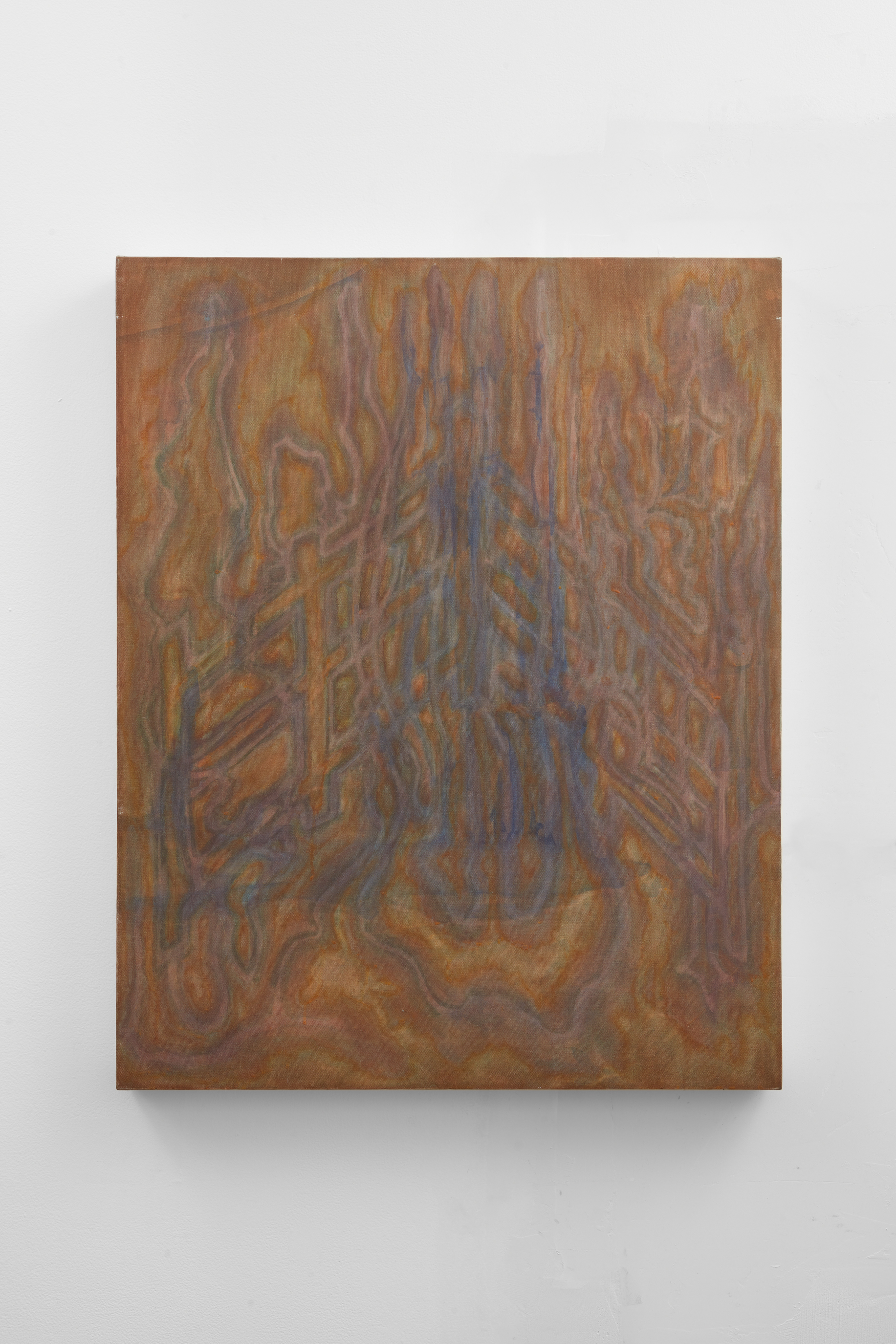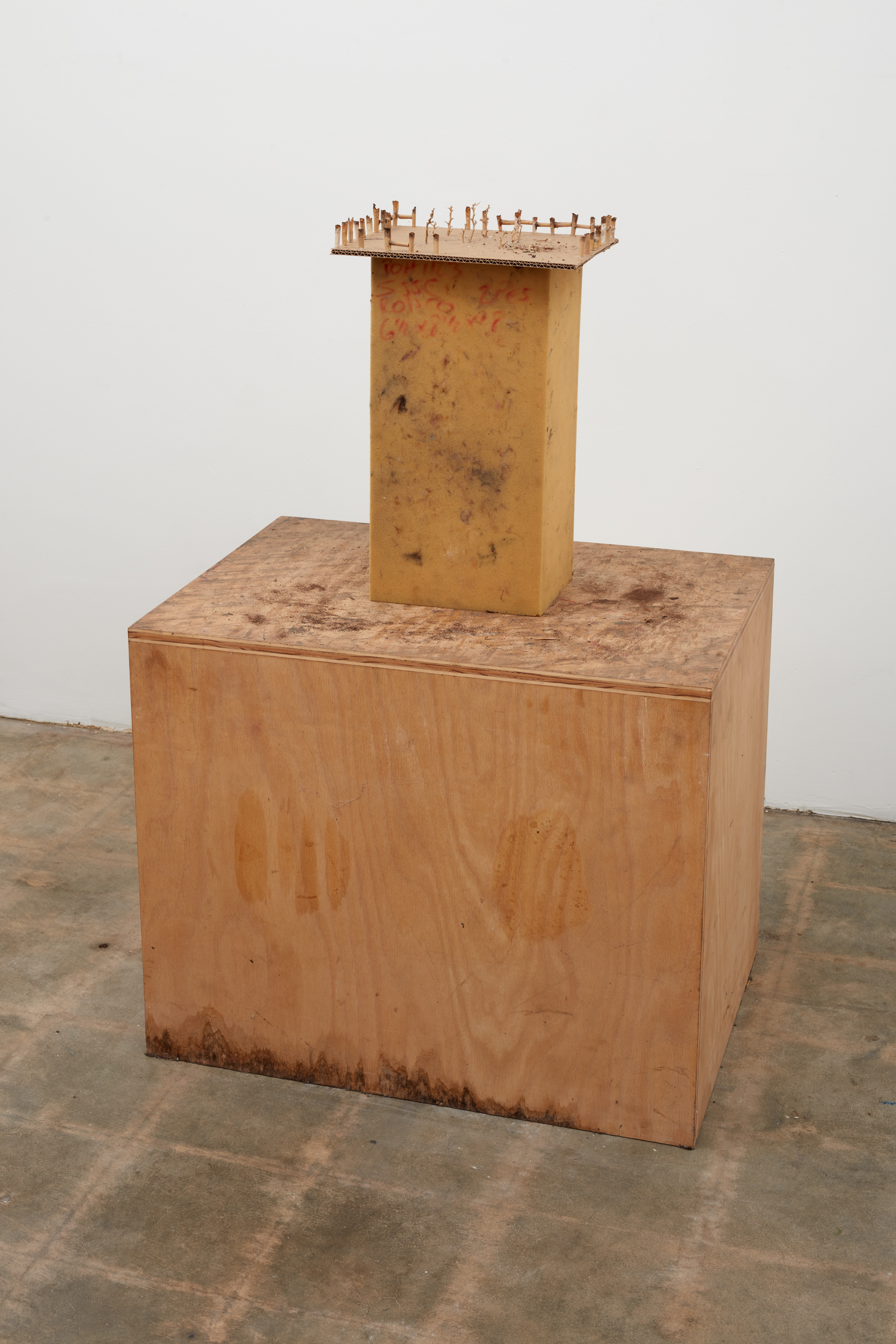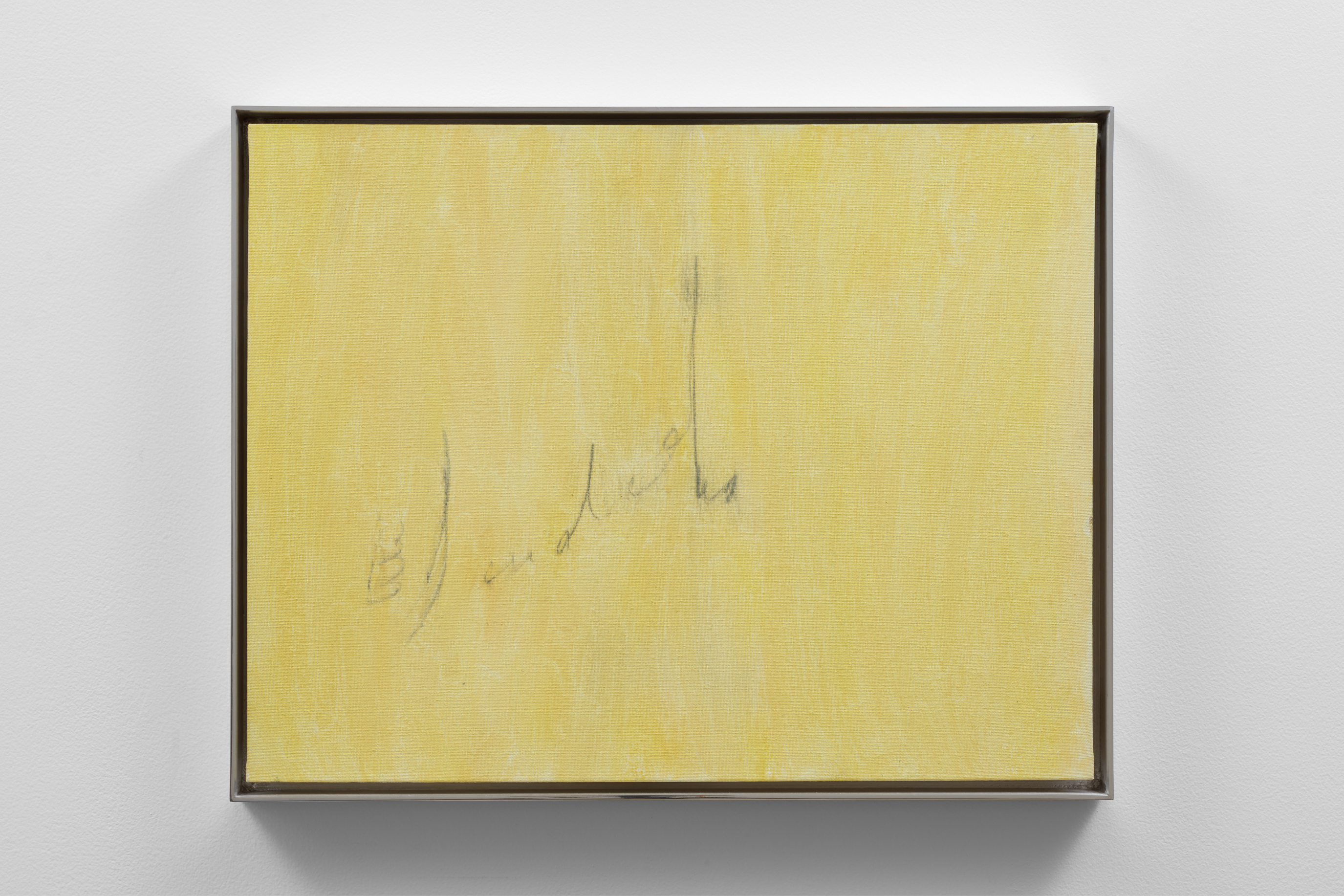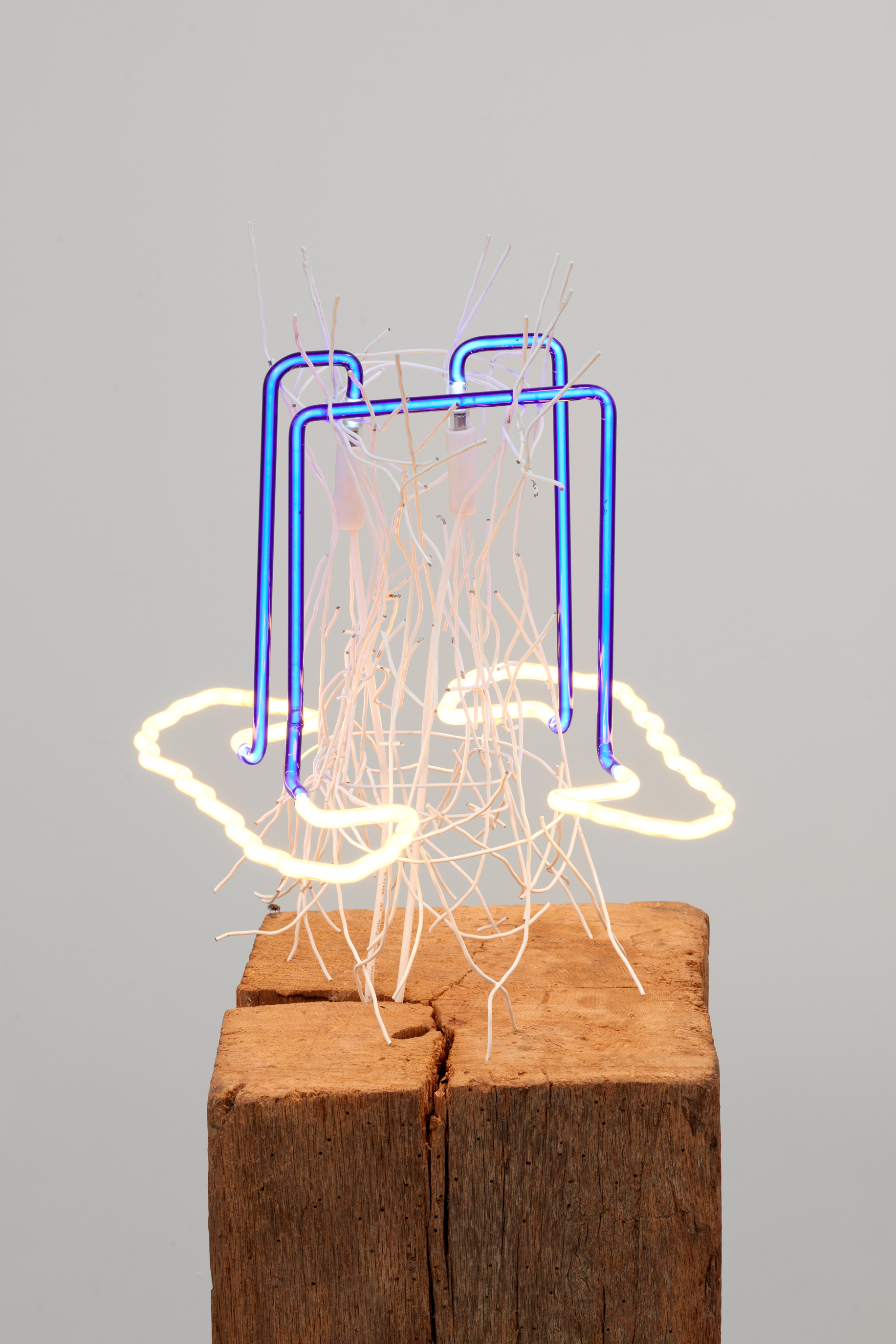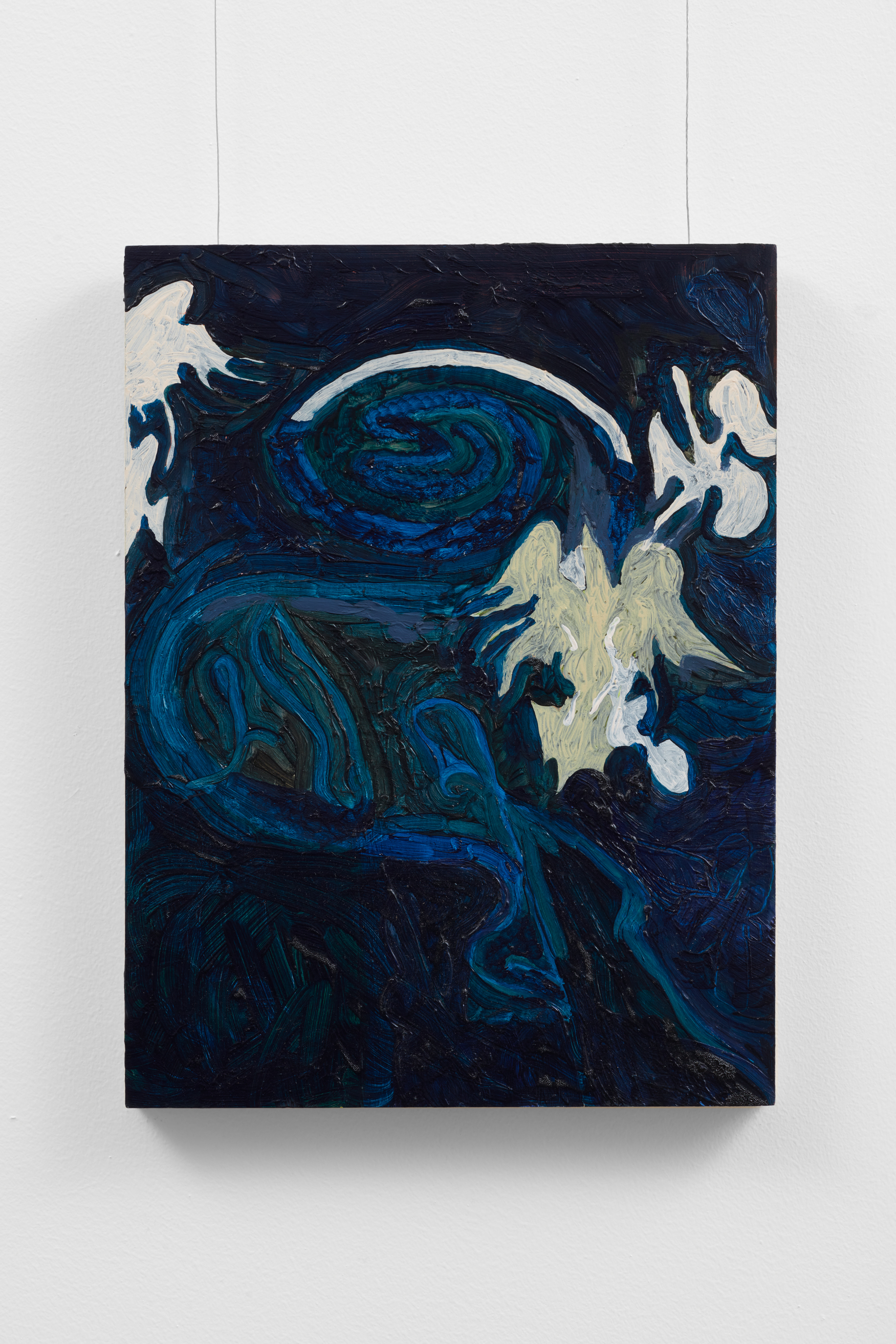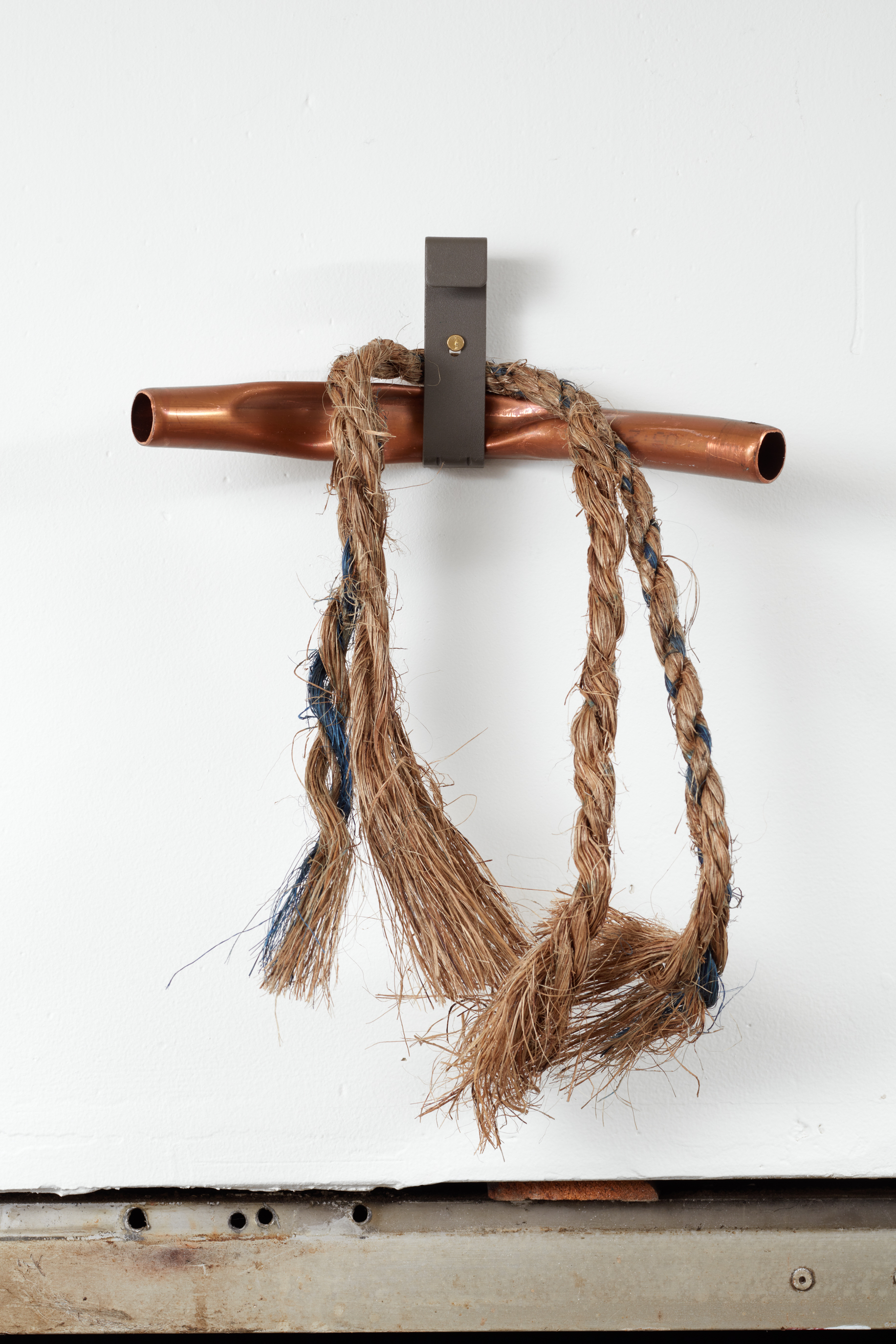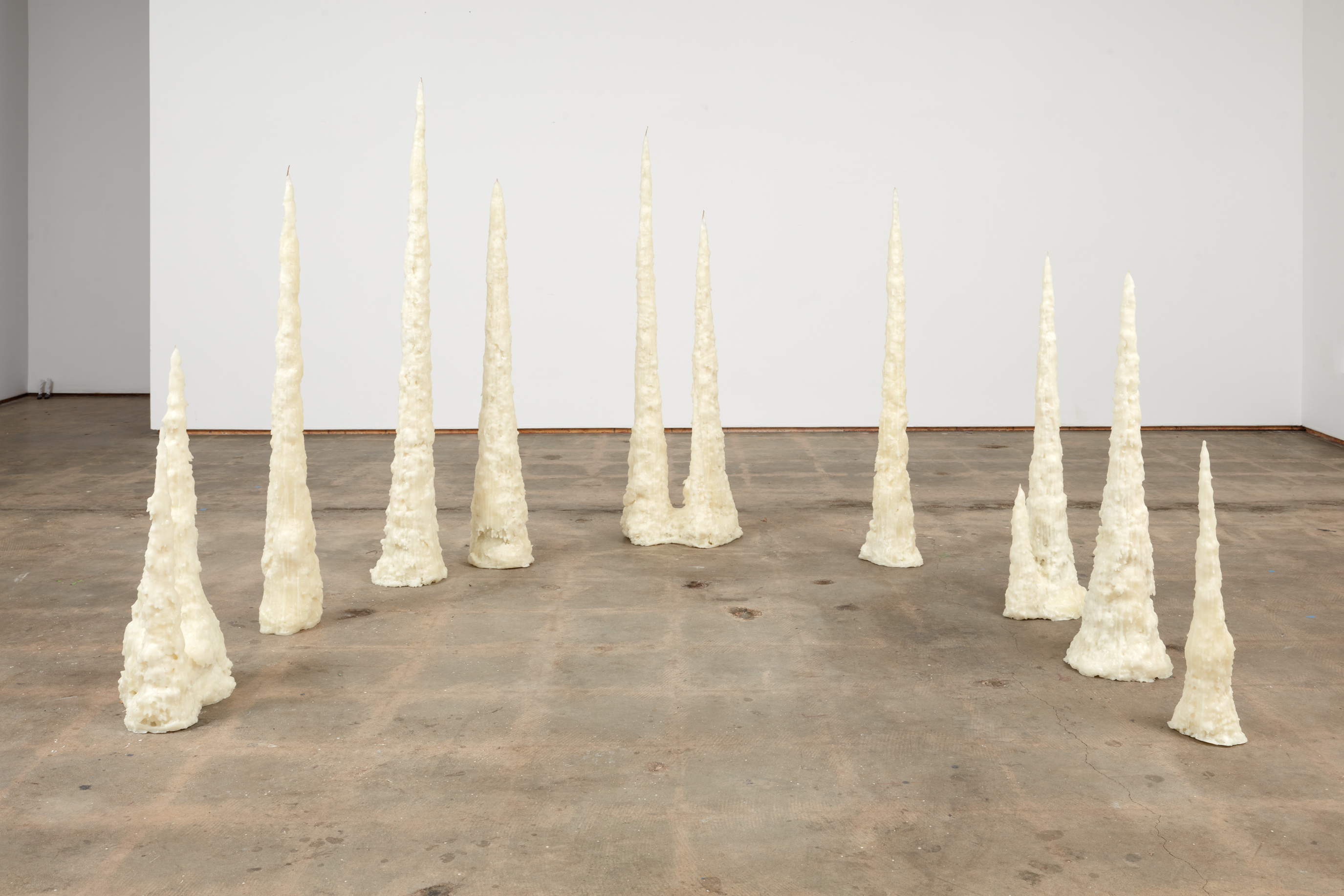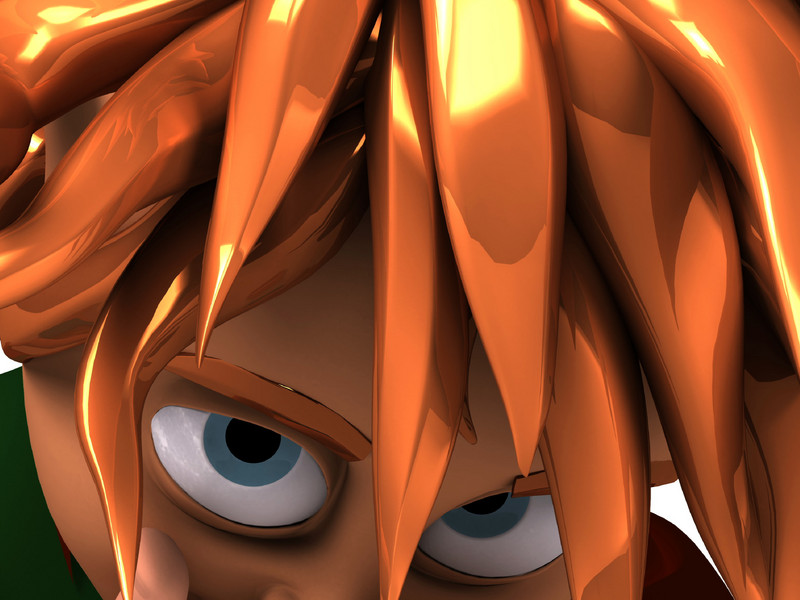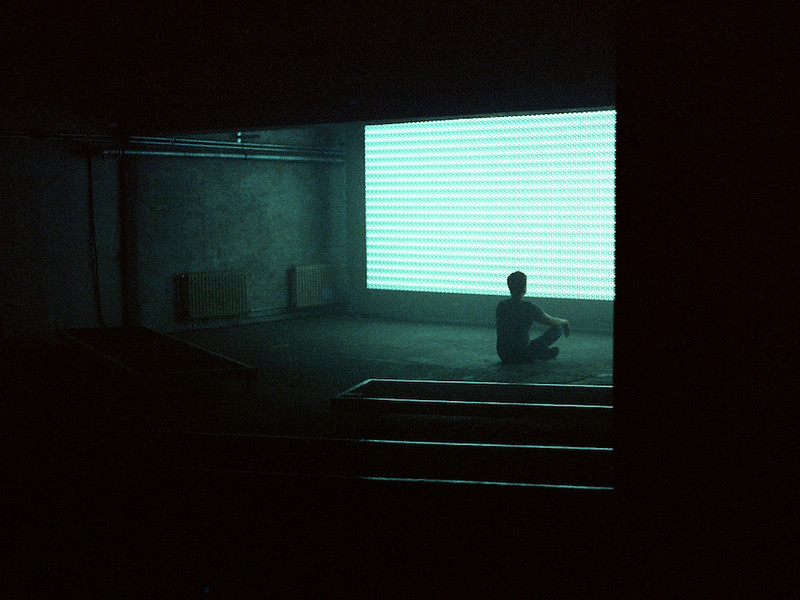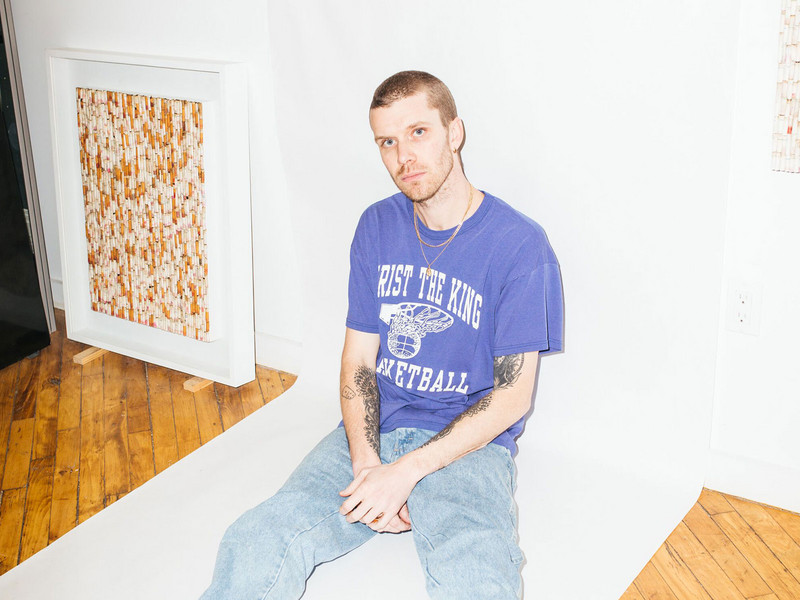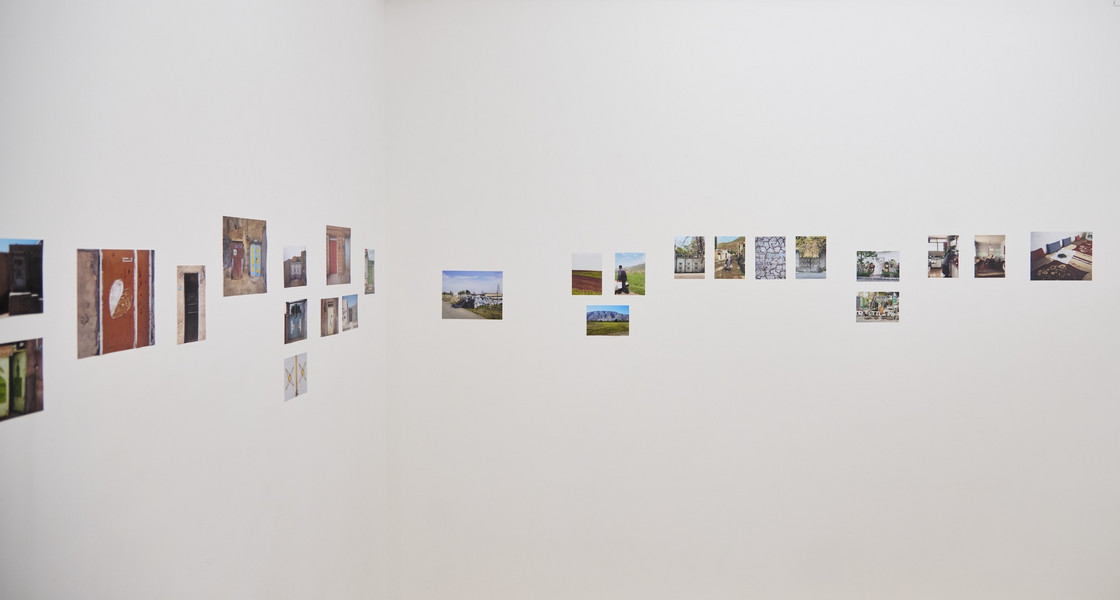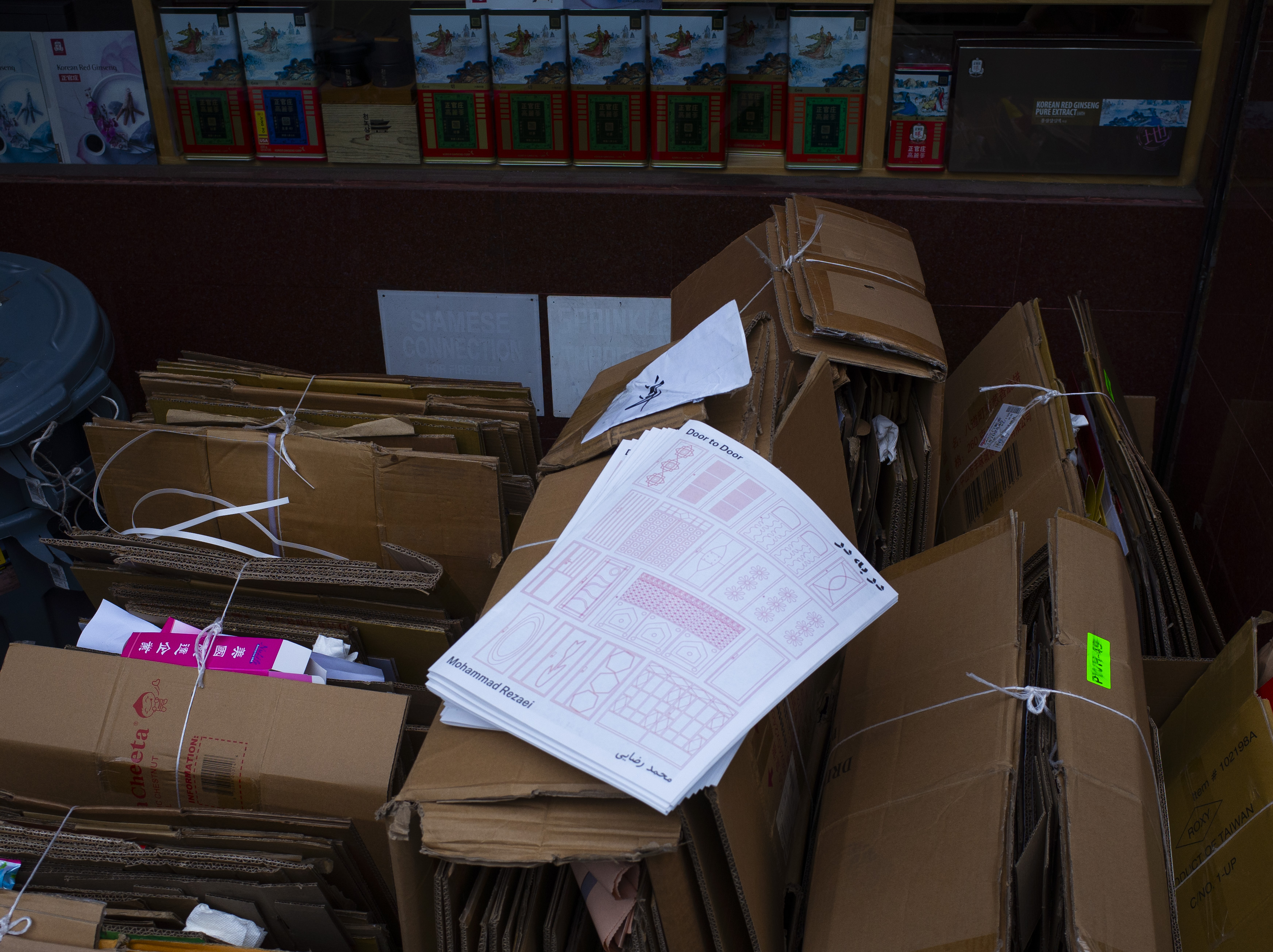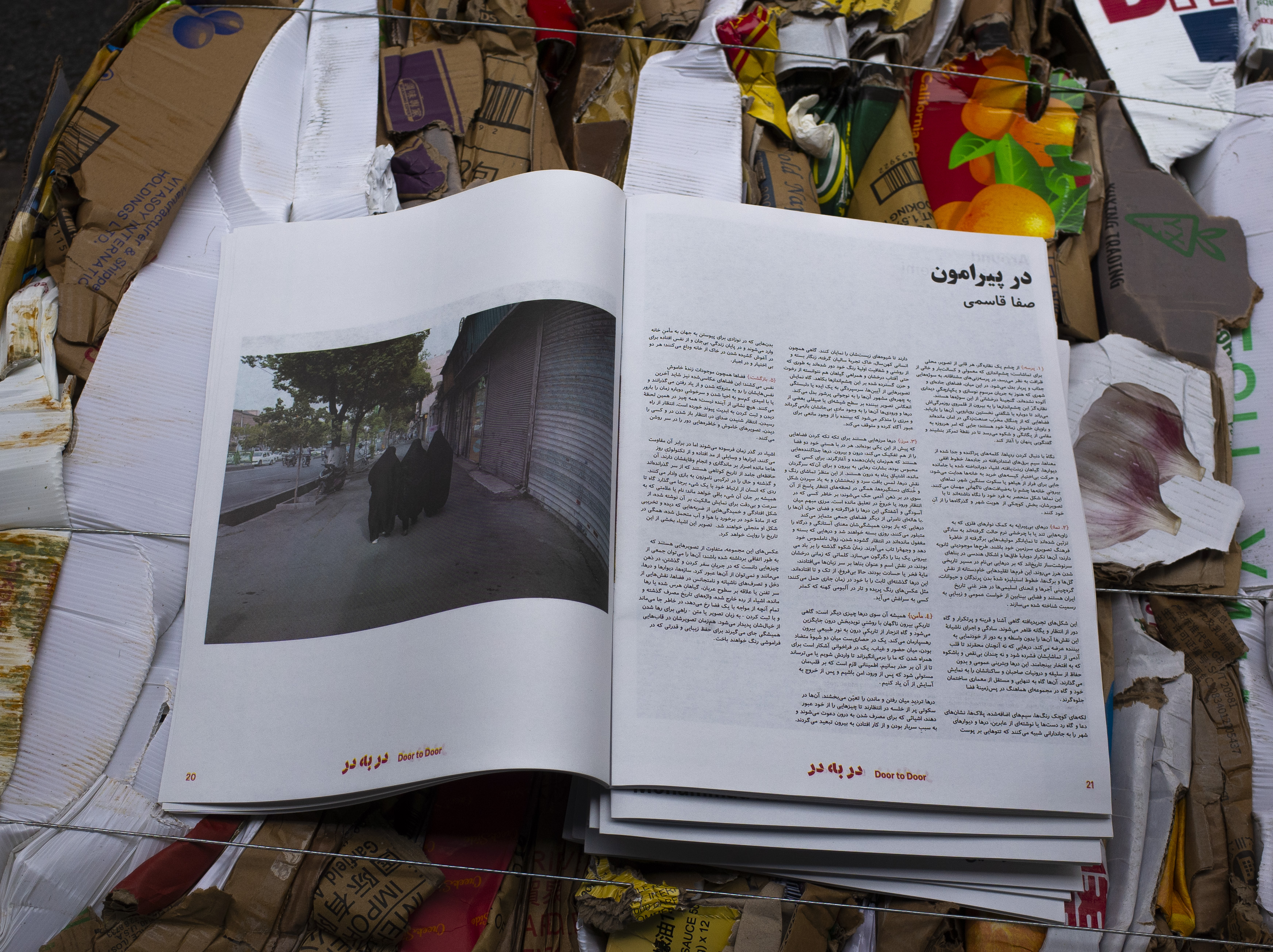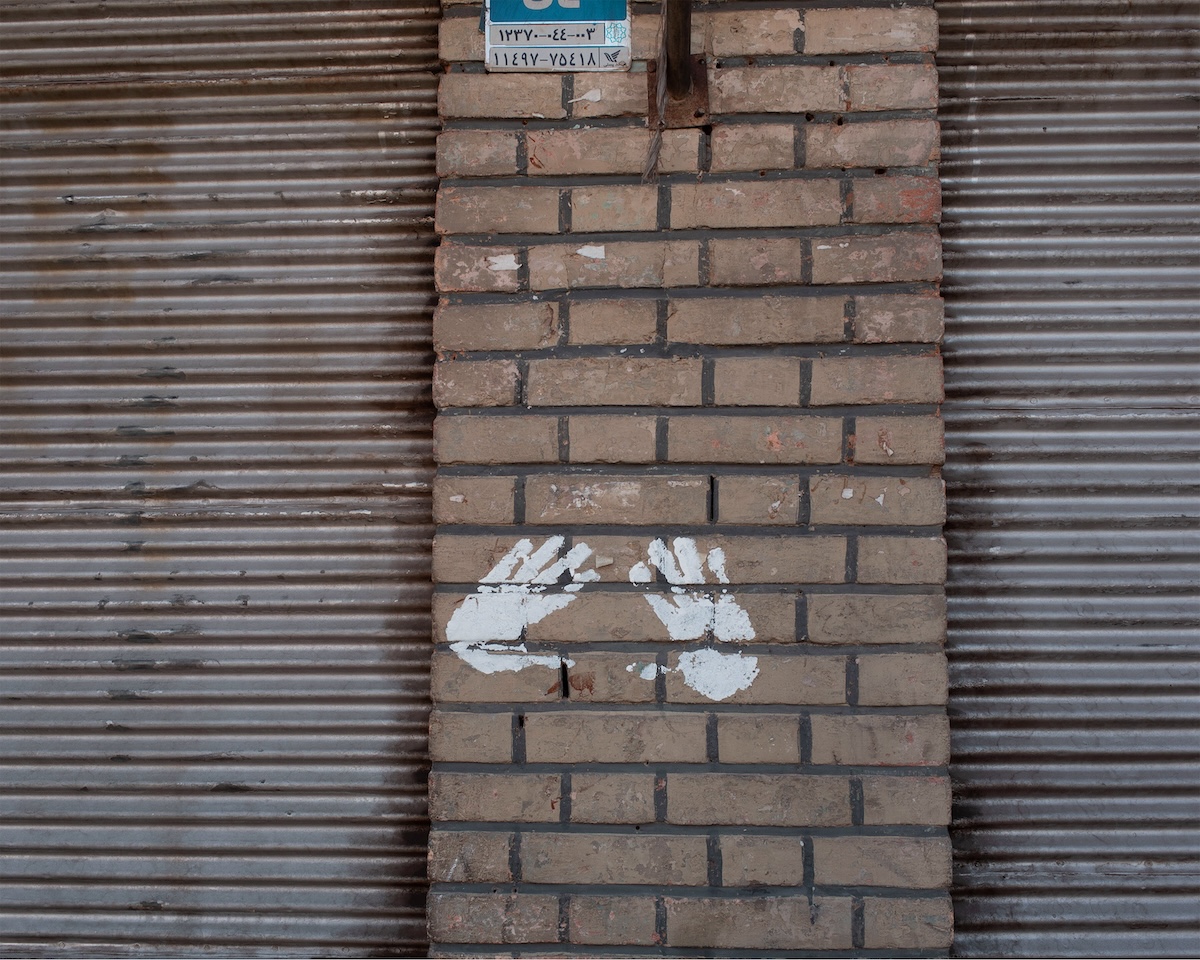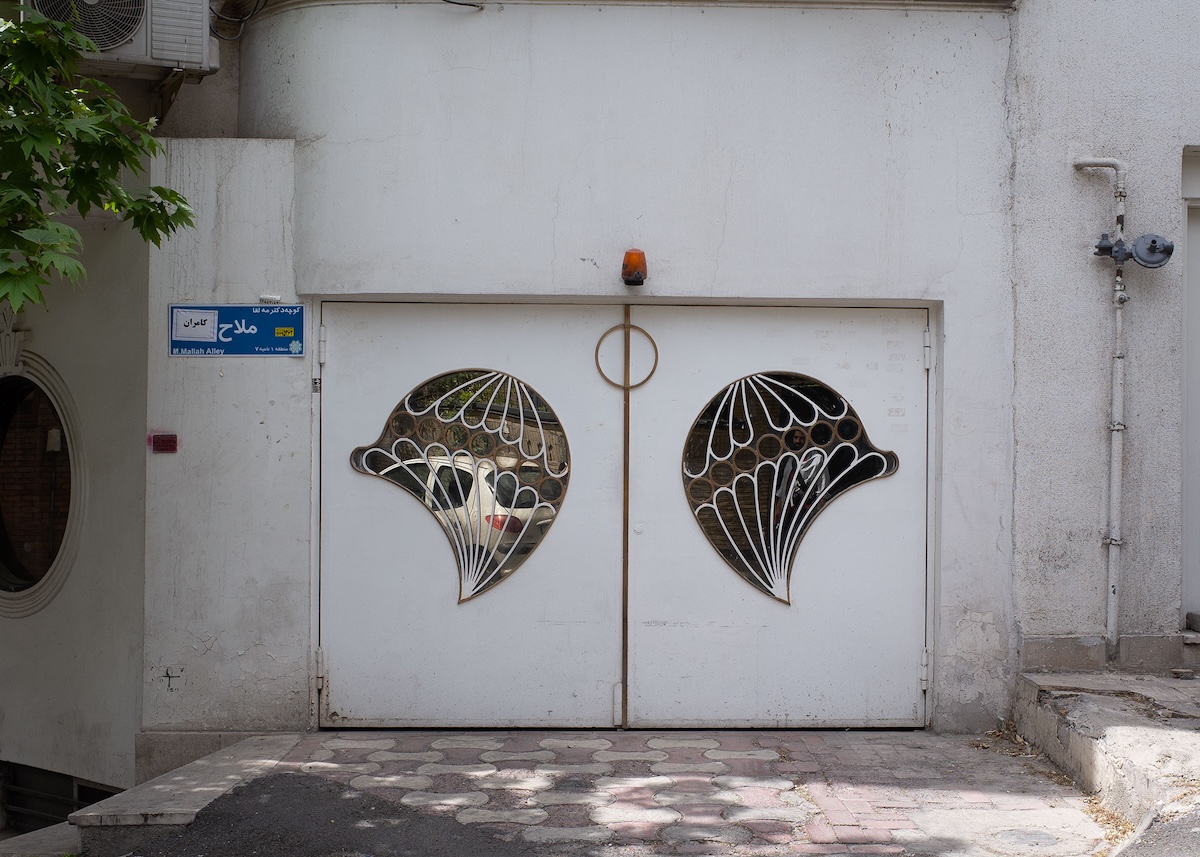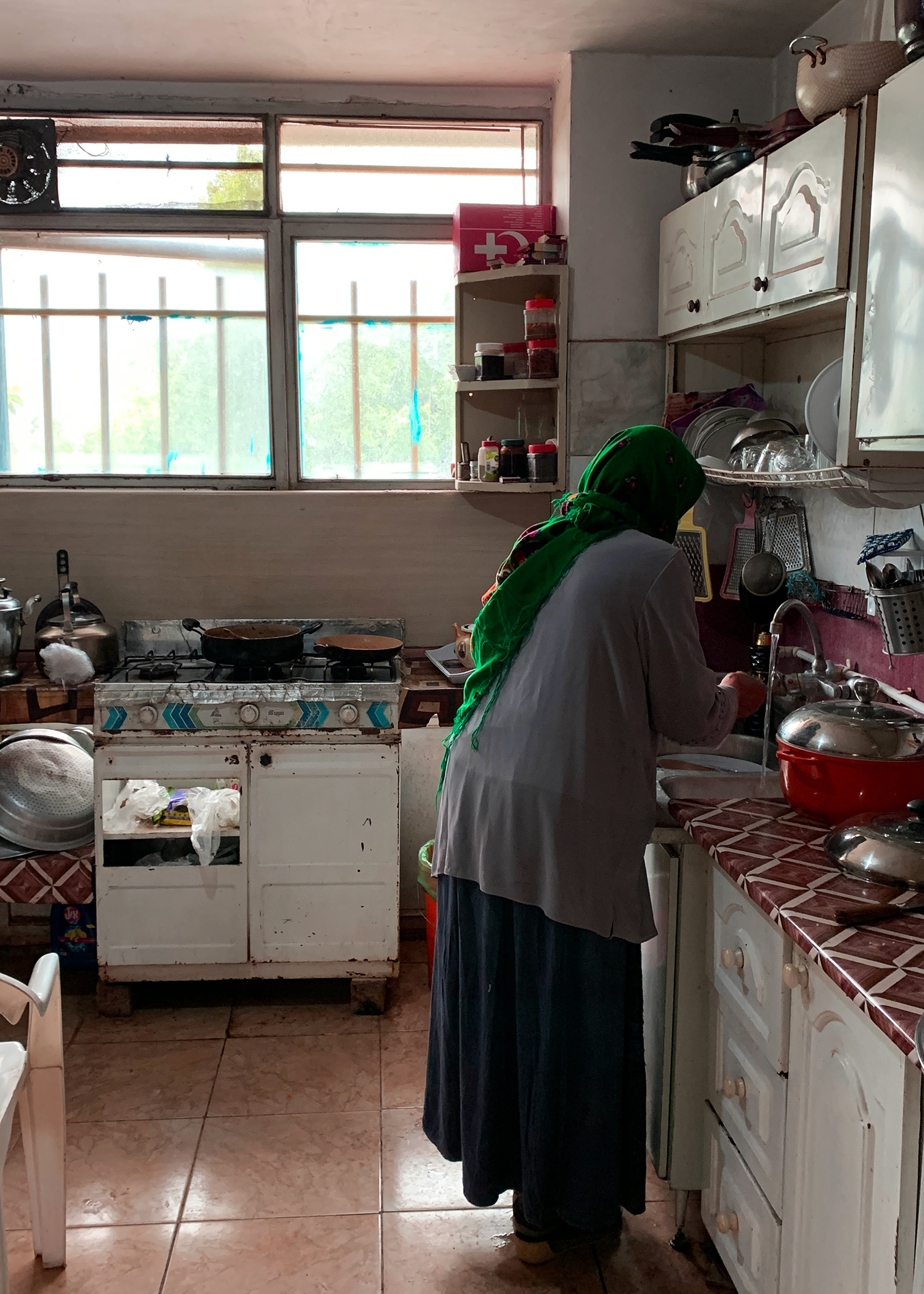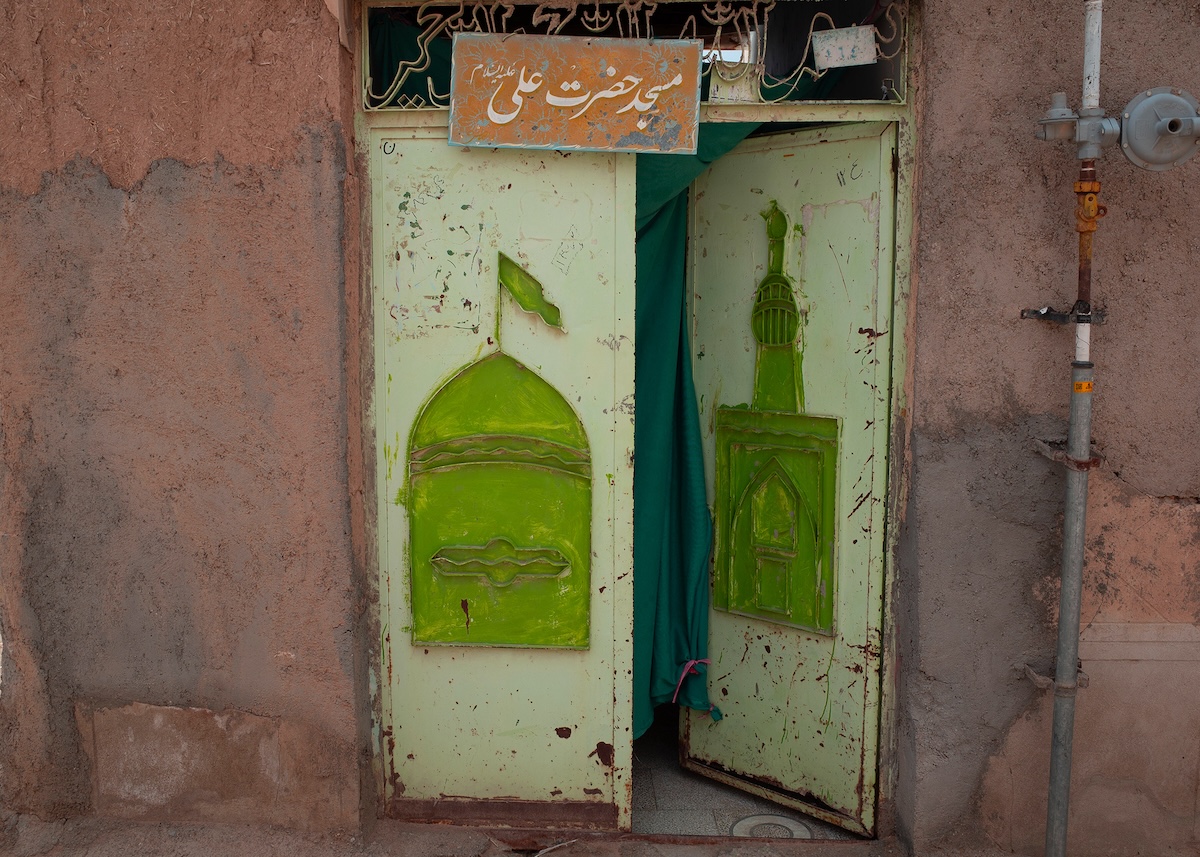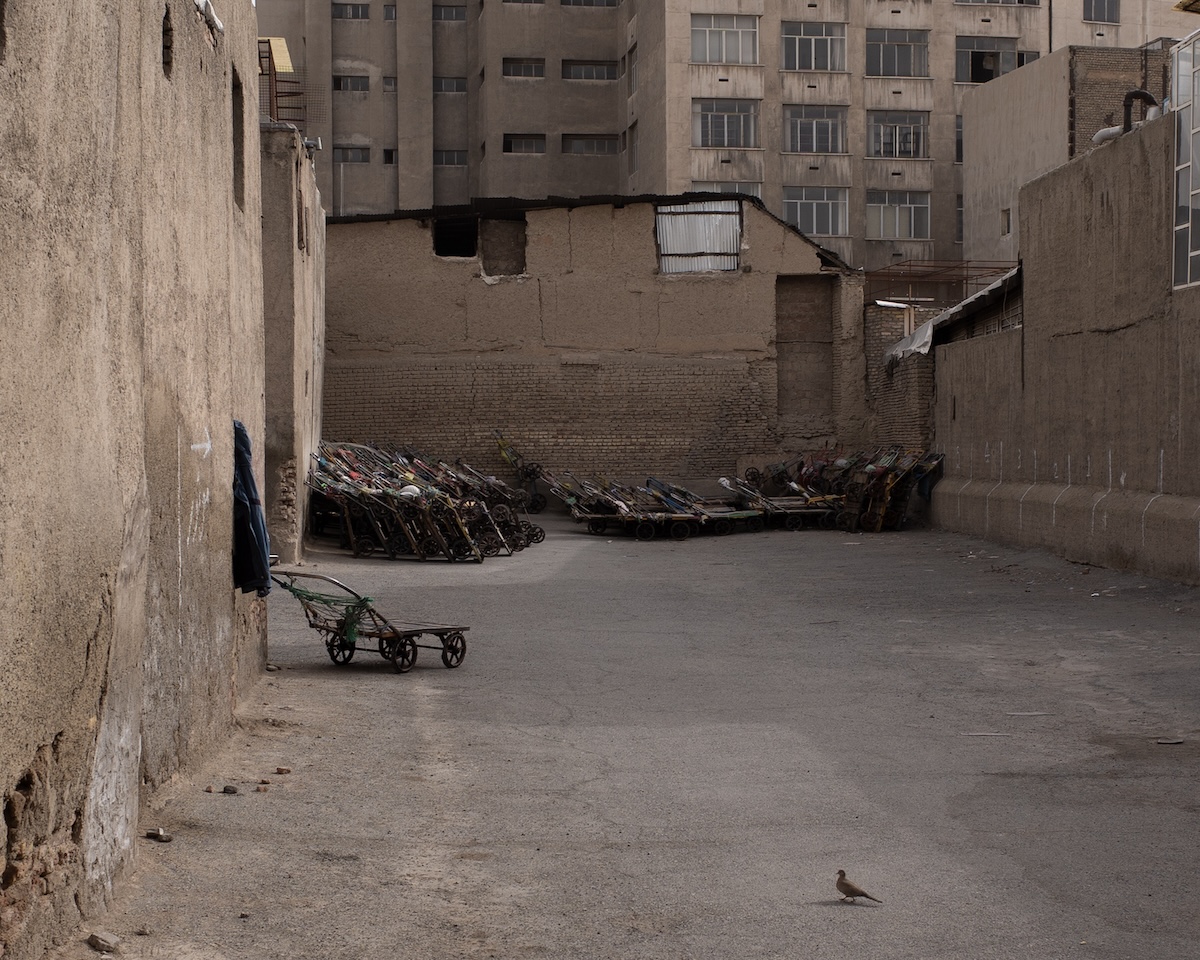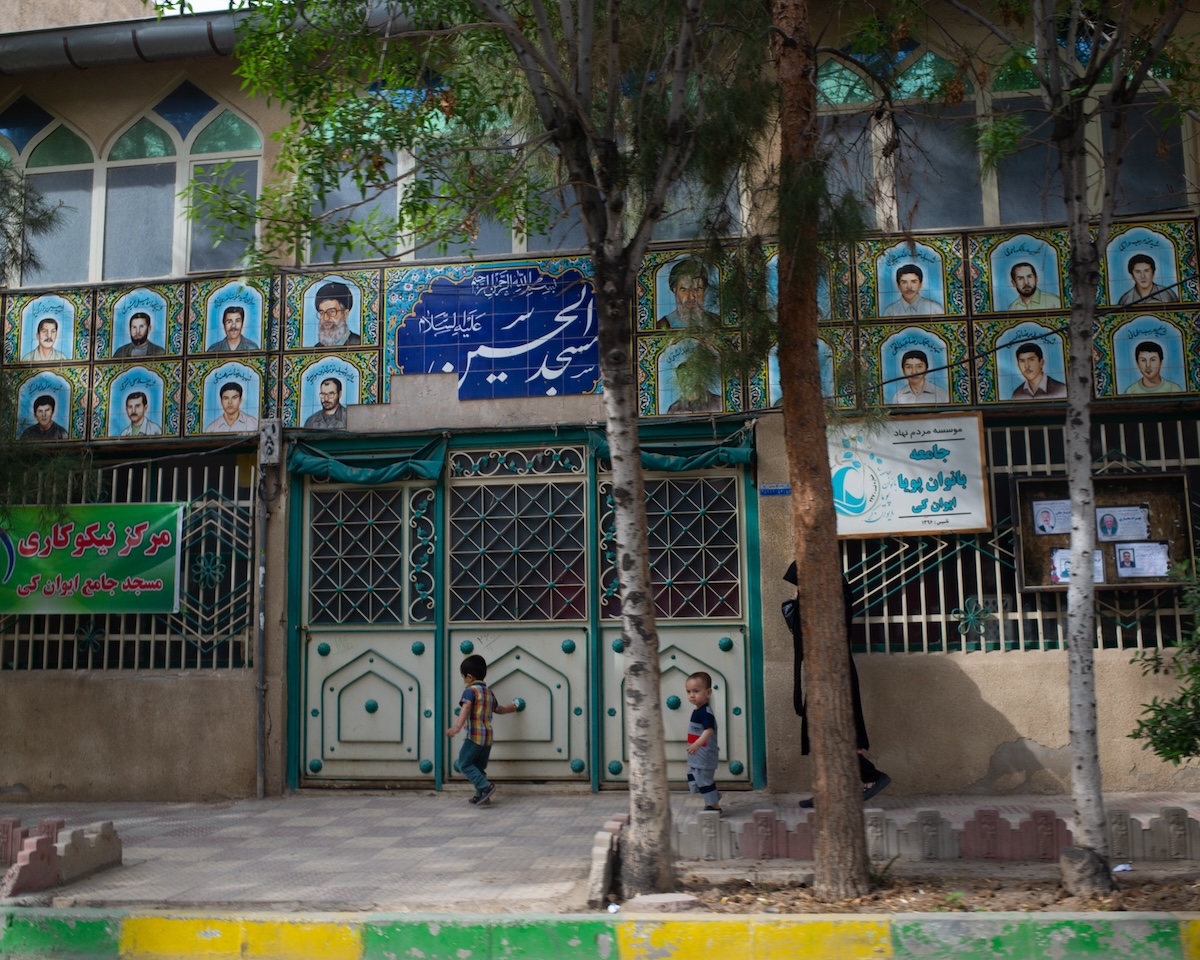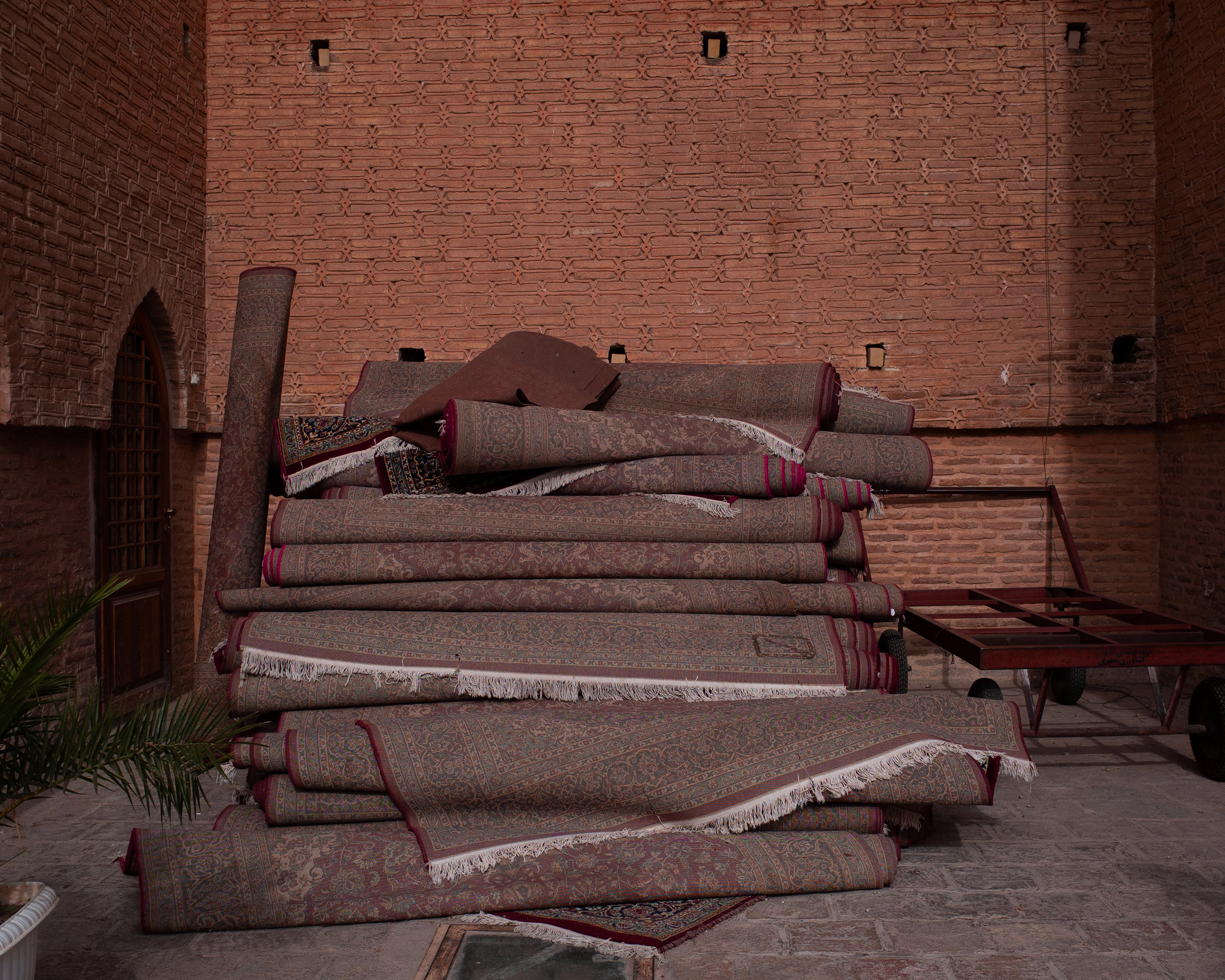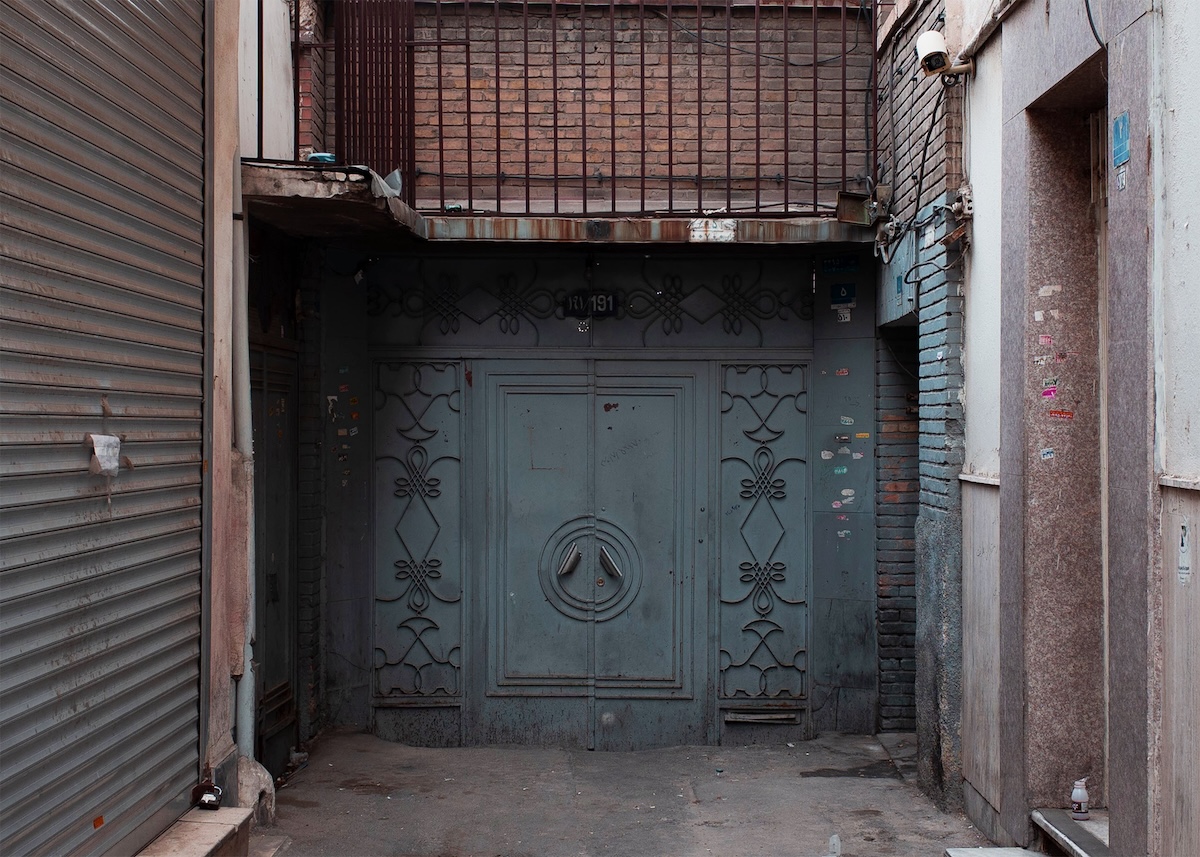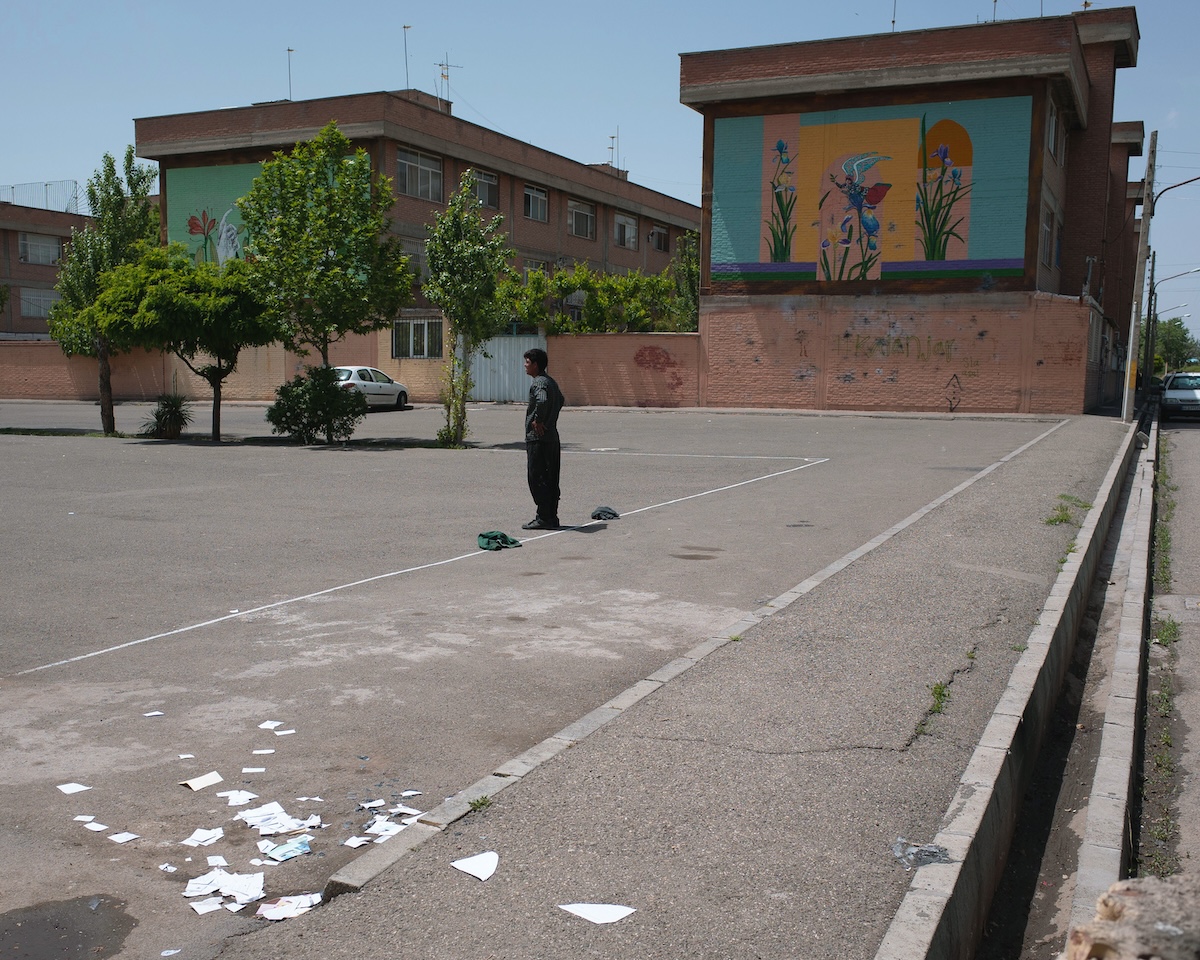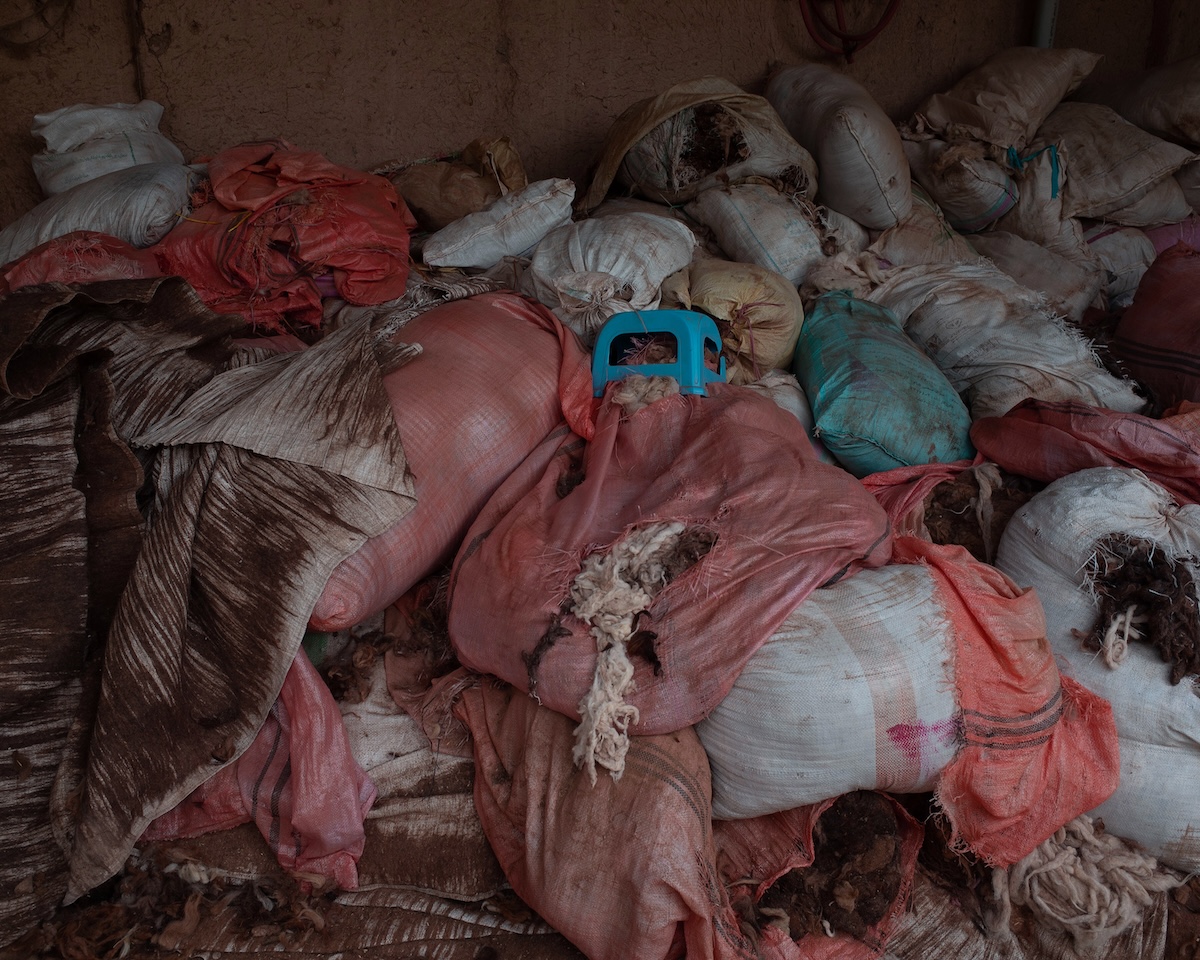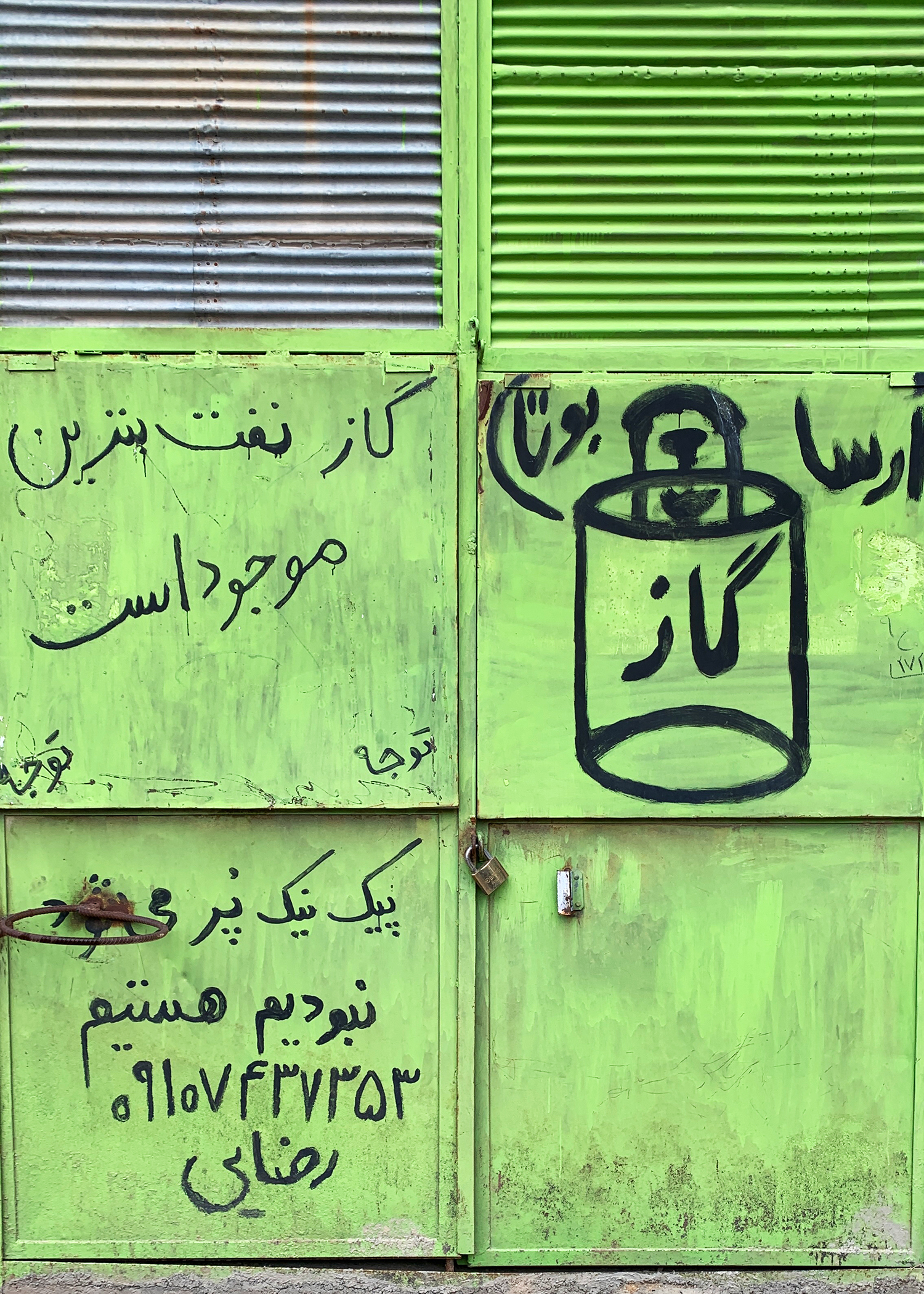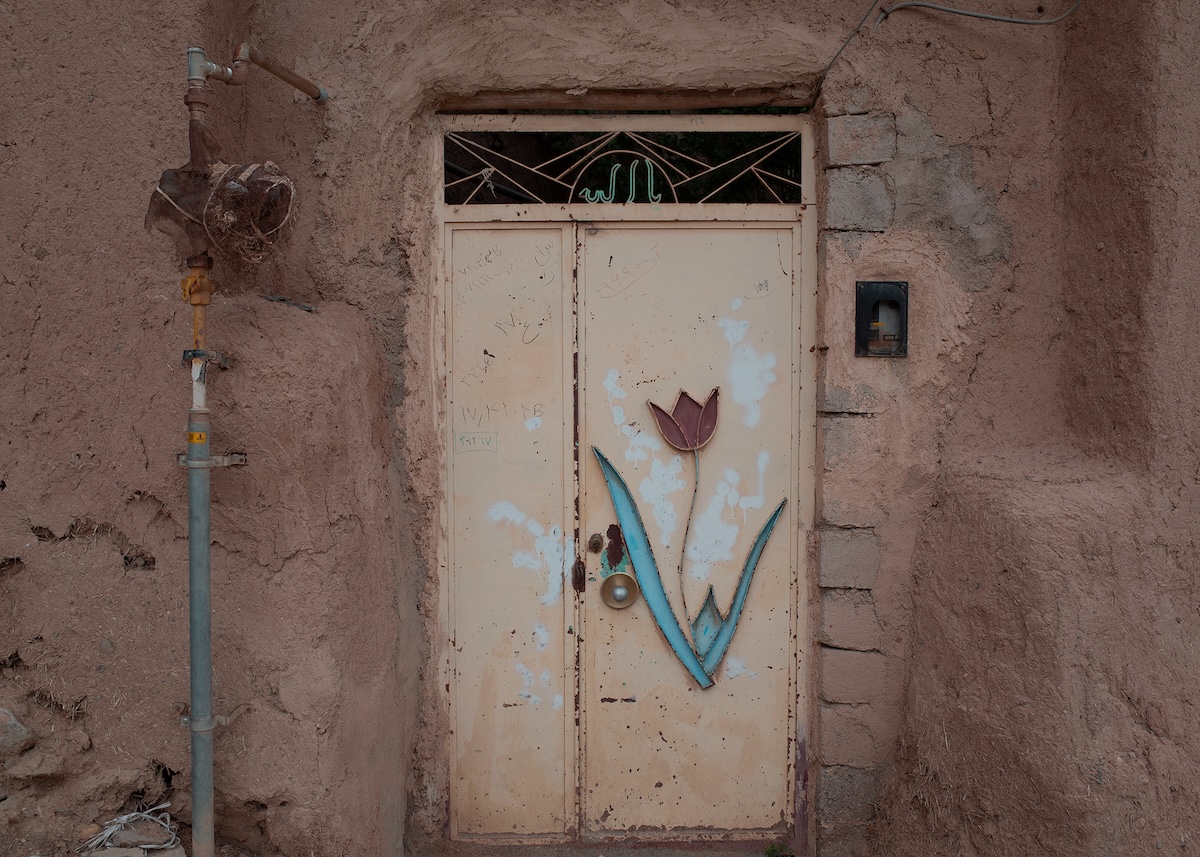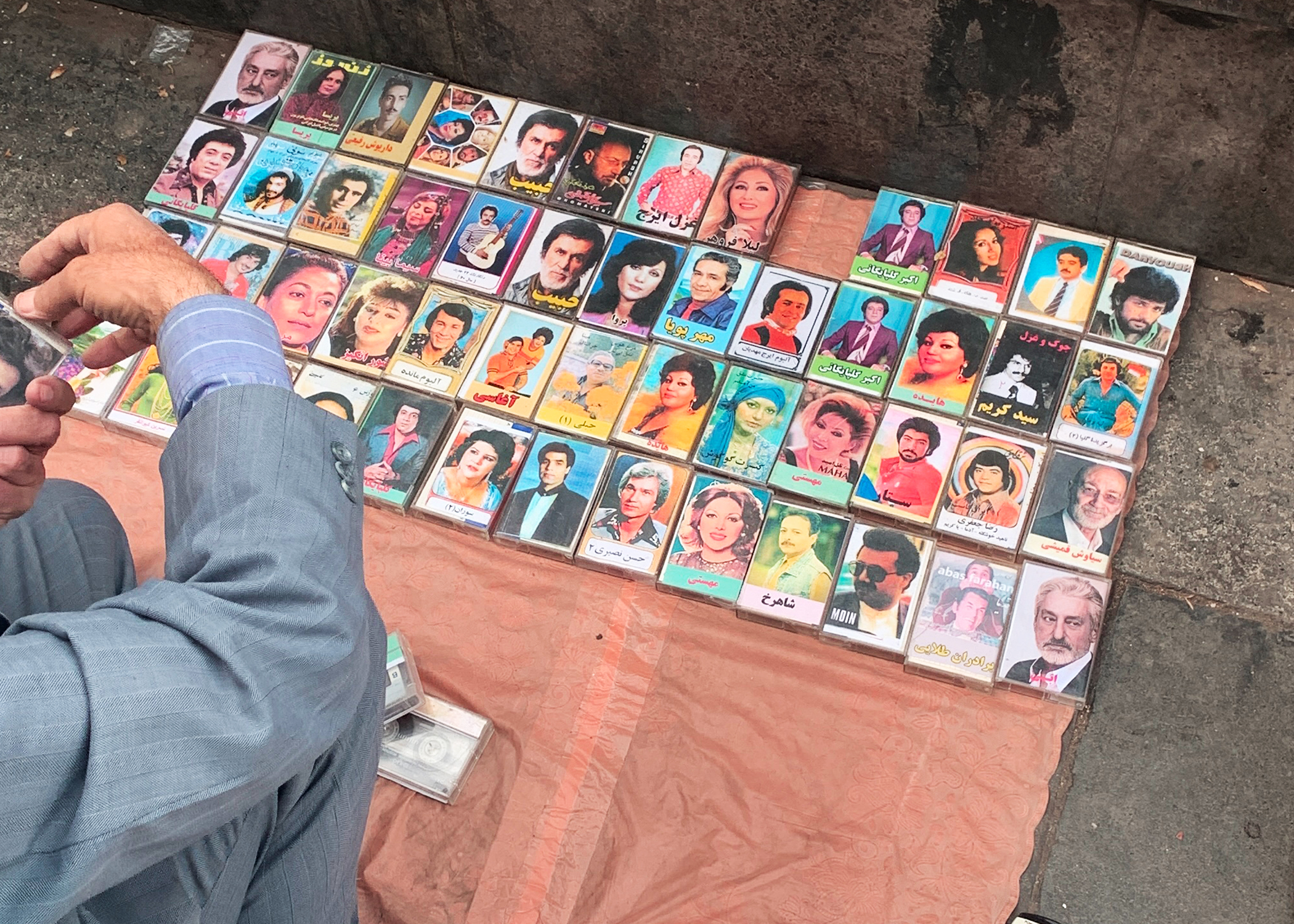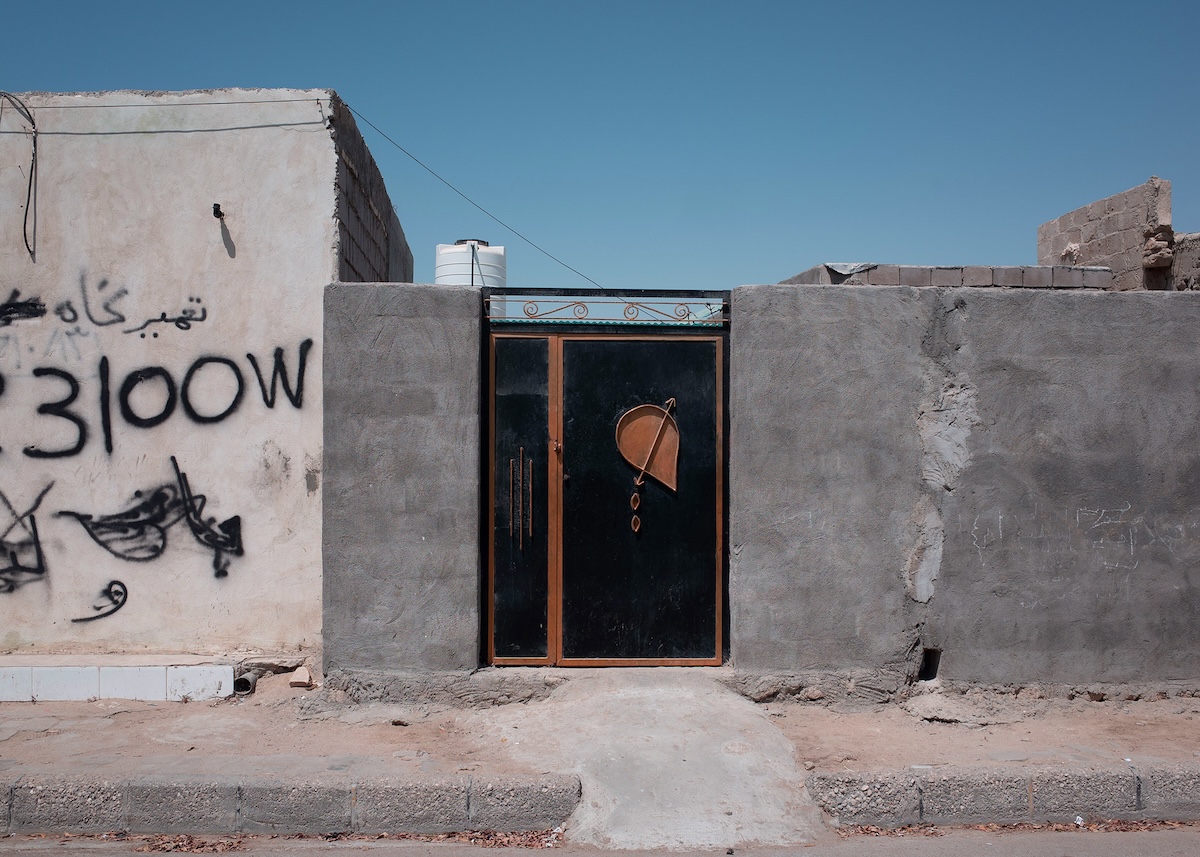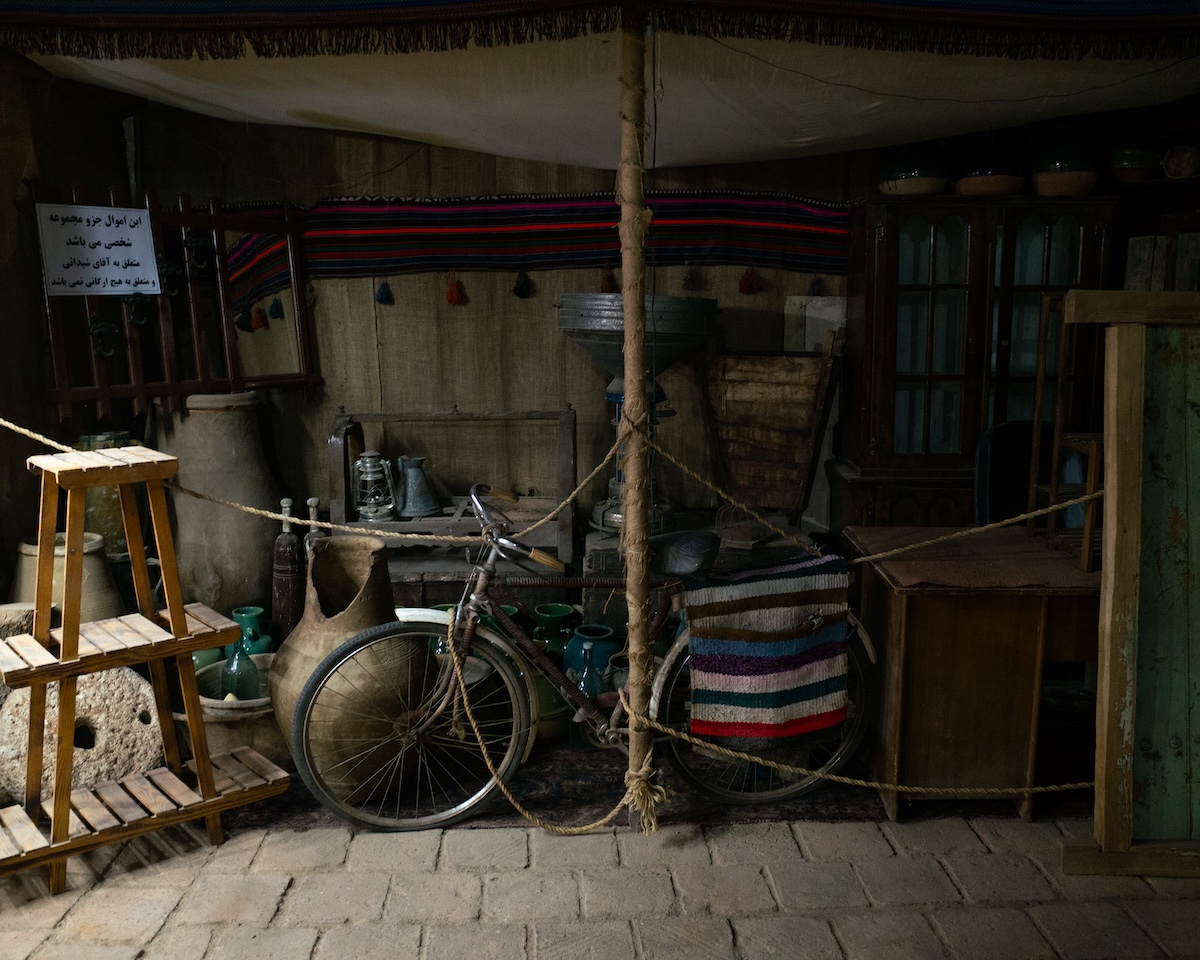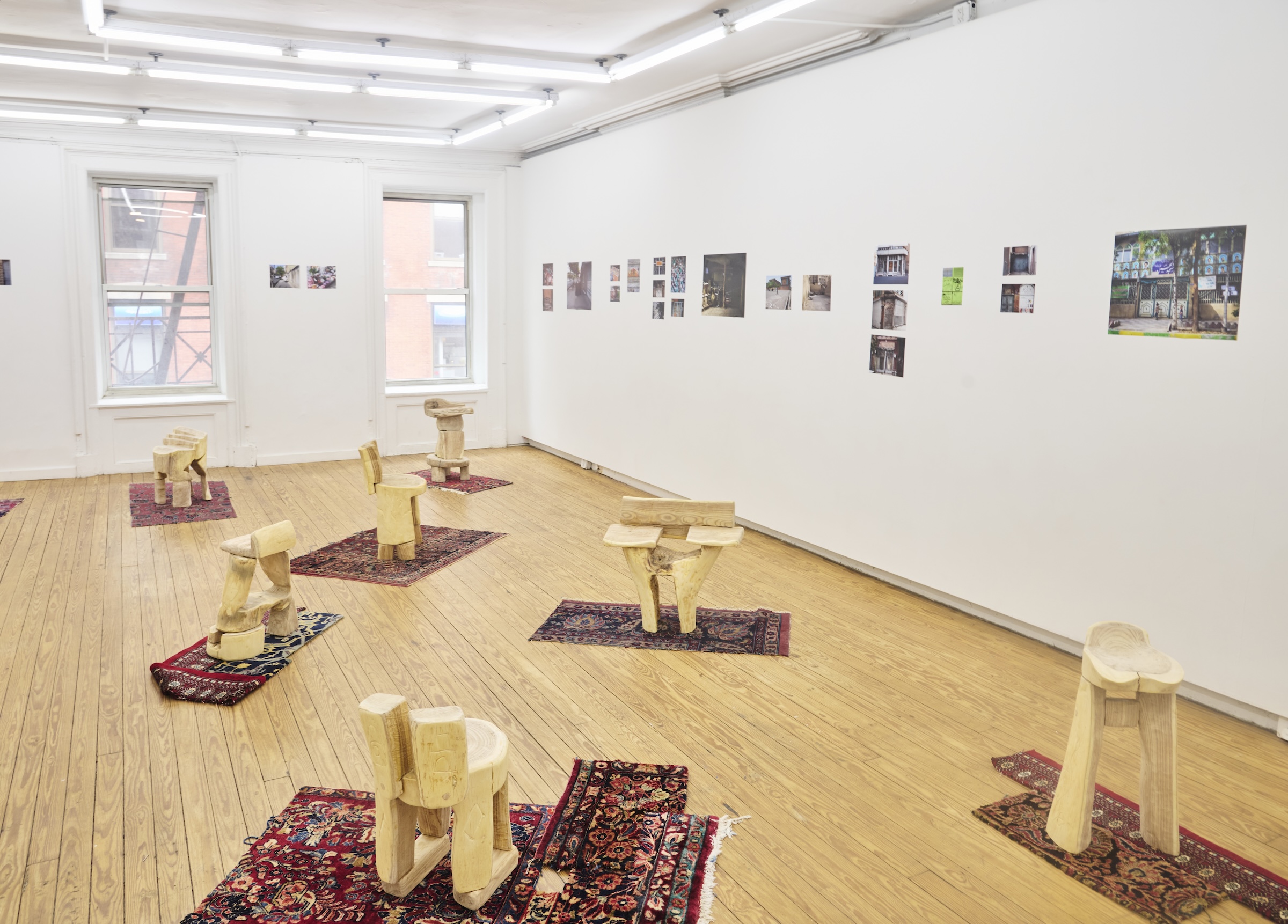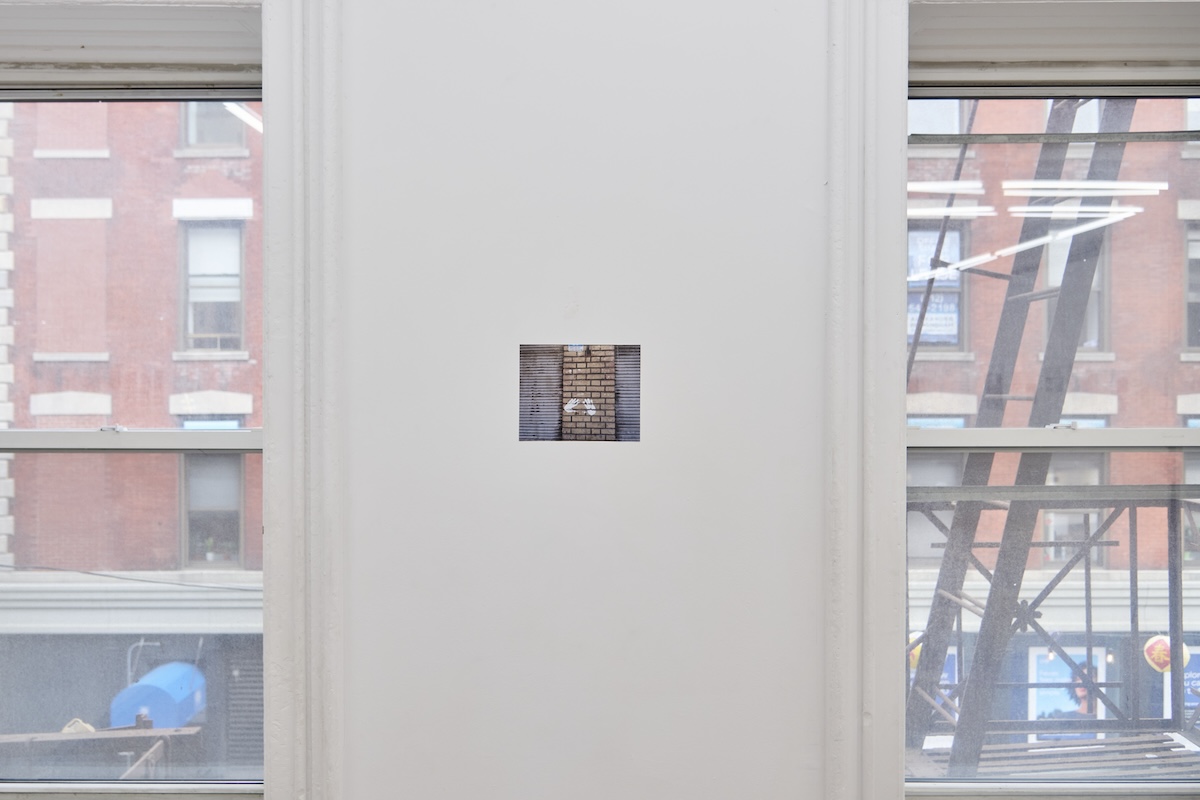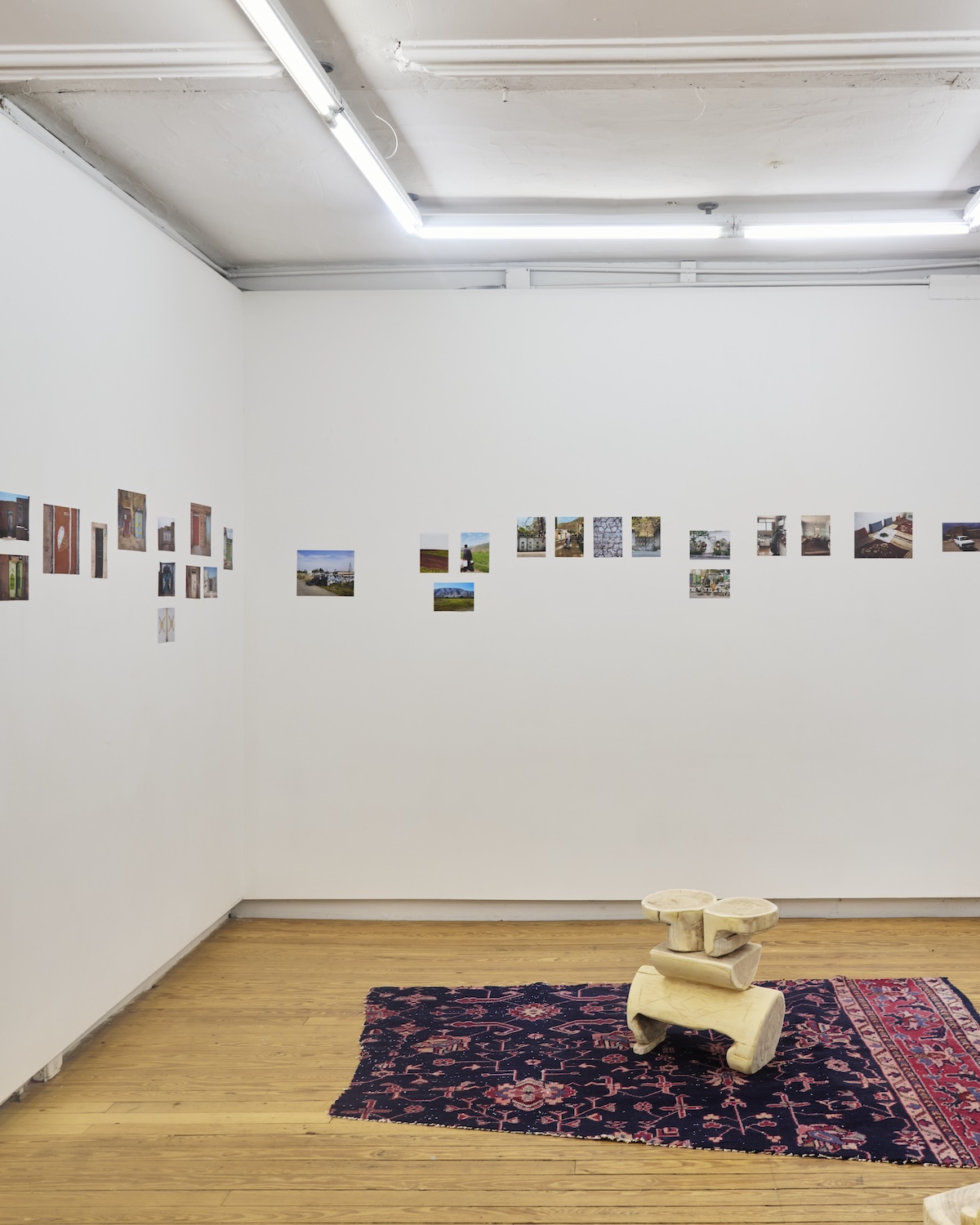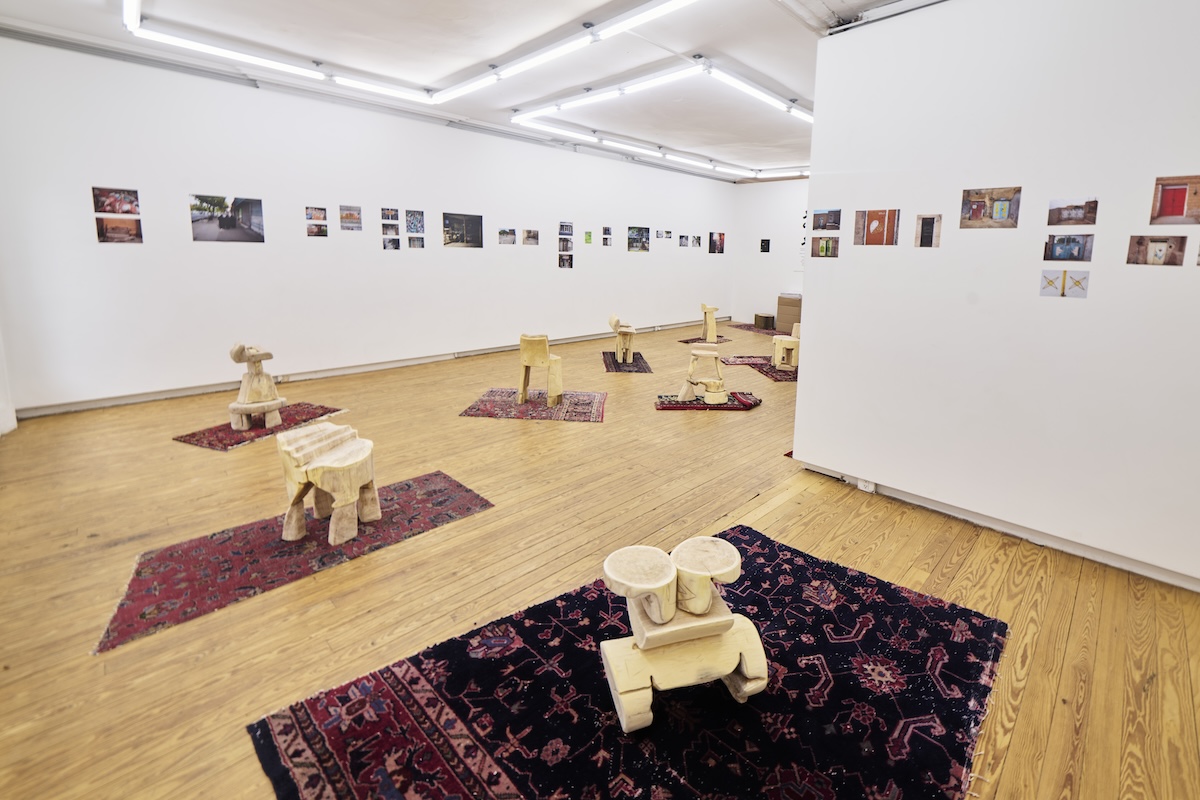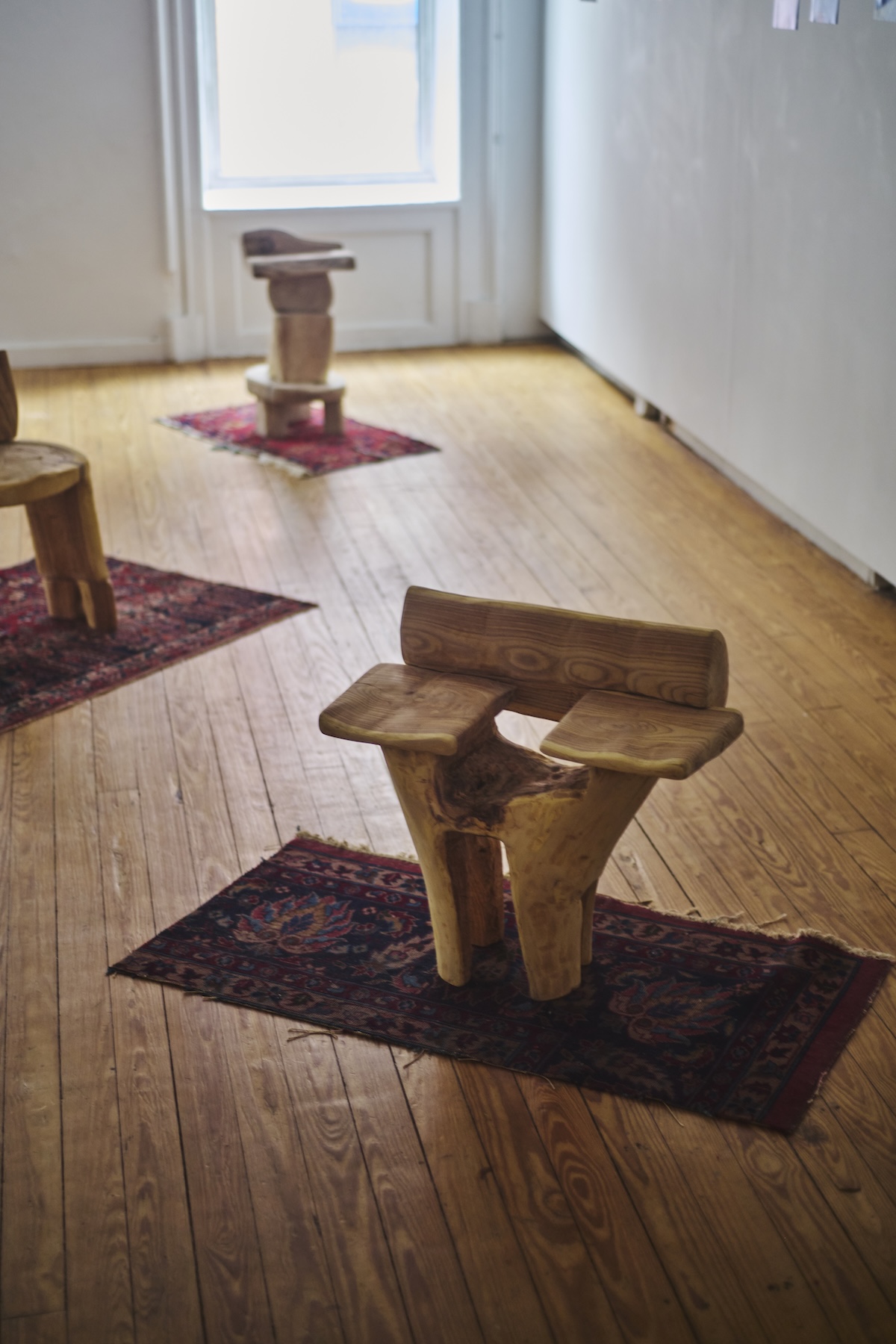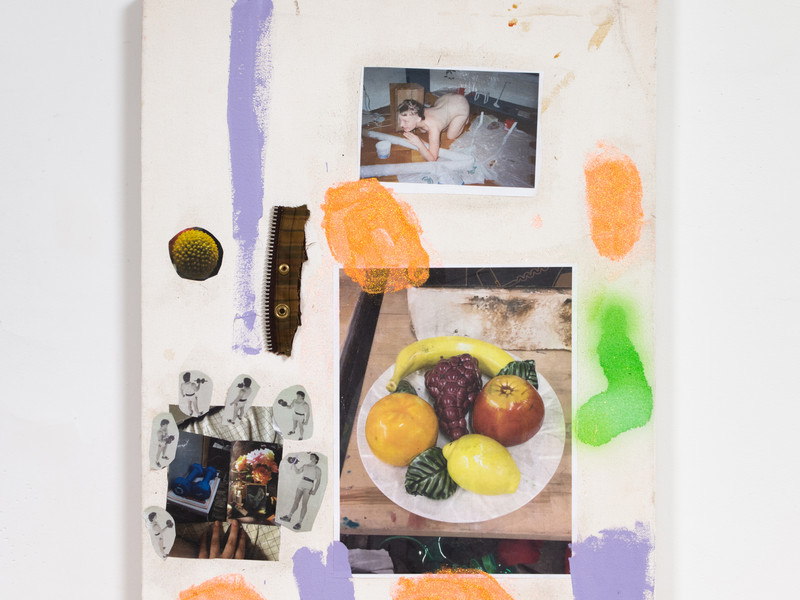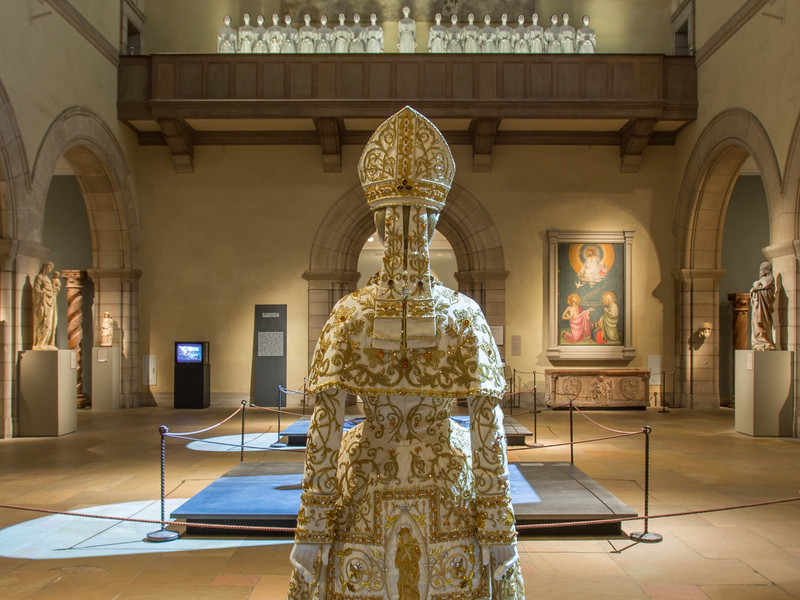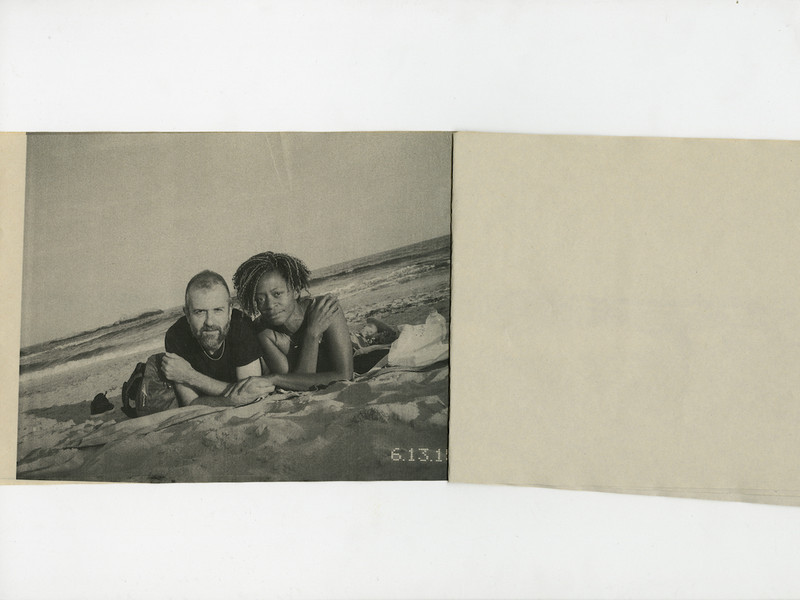Crazy in Print
With the first issue alone, the duo has made it pretty clear that, when it comes to the conventional ideas and rules that go along with creating a magazine, they give zero fucks. Take the traditional timeline of releasing issues along with the seasons, for example: Buscalferri and Hadelova DGAF. Less concerned with fleeting cultural resonance of the hot new thing or any kind of momentary hype, they’re instead focused on highlighting those whose creative authenticity translates seamlessly into their own radical craft. The title MATTO—the Italian word for ‘crazy’-- is, in itself, a perfect embodiment of what the magazine embraces: a little bit of this, and a little dash of that, with no subject too taboo to be left in the cutting room.
Read our interview with the duo below, and pick up a copy of MATTO at the office Newsstand.
Tell me a little about yourselves and your magazine.
Aldo Buscalferri: My name is Aldo, I’m Italian from Milano, but I’ve lived in Paris for the last nine years. So, I just consider myself European. When I lived in Milano, I always worked for magazines—mostly men’s fashion and style magazines—and when I moved to Paris, I shifted towards contemporary art magazines. I studied in art school in Milano, as well.
Dominika Hadelova: My name is Dominika and I am Czech, but I’ve lived in Scotland for quite a long time—I went to art school there. Then I moved to Paris to study printmaking—I’ve always worked with paper and print, in that kind of medium.
How did you guys meet and start the the magazine?
Dominika Hadelova: We met in a bookshop that specializes in art, photography, fashion books and magazines. They’ve been around for about twenty years, and I worked there when I first came to Paris. One day, he came in and I saw him, and sold him some expensive books. We knew each other for some time before we created the magazine—it wasn’t like we met and said, ‘Okay, let’s make a magazine.’ It was way more organic, more natural. We had this idea in our head for some time, then suddenly it started to snowball into something much larger—it started to consume our lives.
Aldo Buscalferri: Actually, we had a lot of doubts about MATTO because there are so many magazines around the world—we worried about if starting a magazine was the best idea. But after some months we thought, ‘Fuck it.’ This is something that we love so much, and something that we enjoy doing, especially because this magazine is our own project, which is something very few people decide to do.
Dominika Hadelova: That was something we realized in the first two months—how important it is to have your own project. The amount of time and energy you are willing to invest in something that is yours is incredible. Everything becomes an opportunity or a reason—everything just becomes connected to that one thing.
Aldo Buscalferri: When we started to do some precise points in mind—most of which concerned how not to repeat some of the bad experiences we’ve had in the past when we have worked in the same field—one of the main points for us was to be really free in our thoughts and expressions. We decided pretty early on that for our first issue, we didn’t want to include any advertisements—we wanted to be absolutely free, and to create a genuine product. Maybe in the future we could see if we wanted advertisers, but in that moment, we decided to have it that way. What normally happens in the publishing world is that most of the time everything sits at the top of the table—special marketing, advertising, those kinds of things. For us, these things were something that hindered our creative process, so we said, ‘No, let’s do something different.’
Dominika Hadelova: Yes, we didn’t just want to be another photography magazine, another fashion magazine—we didn’t want to do another series demunde. We wanted to mix all of these fields and cross things over—we wanted the form of the magazine to reflect us.
Aldo Buscalferri: Yes, it’s quite simple. We are passionate about contemporary art and music, etc. It wouldn’t have made sense if we didn’t incorporate all of these passions within our design.
Dominika Hadelova: Yes, exactly. I think it’s the perfect reflection of us. In fact, when we were printing, it was quite nice to see that each page wasn’t purely Aldo or purely Dominika, but rather this incredible chemical mix of two things coming together. I think really we made something that mixes everything up but still possesses a thematic fluidity. At the beginning of this process, when we were approaching people on the street for interviews, people would always ask us, ‘So what is this magazine about? How would you describe this magazine?’ At that point, we had already come to the conclusion that we didn’t want to over-define MATTO. We felt very strongly that once you define something too much, you put a border around it. When something is concretely defined, a kind of mental and emotional movement is hindered. Staying fluid is something we really wanted for the magazine, so that it doesn’t feel forced in any way.
Aldo Buscalferri: Yes, the problem is that with this market, especially if you are a normal magazine working with advertisers, they typically need a clear statement, a clear-cut explanation of what the magazine is all about. Of course, we have some of these ingredients, but we really didn’t want to have one predominant ingredient. For example, if you work for a generic art magazine, you just talk about contemporary art, you don’t touch anything else most of the time. Fashion magazines, you just discuss fashion, and so on.
Dominika Hadelova: In this issue, we have an interview with this Scottish installation artist named Claire Barclay, and I think that because we are not art critics or journalists, our interview is much more accessible to the reader. Also, because we speak directly to the artists, they never write something up really fast or prepare something to say—what they say on the spot comes from a profoundly genuine place. In that way alone, MATTO isn’t your ordinary art magazine—it’s all open conversation.
Aldo Buscalferri: The experience is super important to us, and that’s why we always ask to meet every individual we choose to include in person. With real encounters, you can discover so many things about the subject that would have been lost in translation if you communicated via email, telephone or Skype.
Dominika Hadelova: For example, we went to interview this artist in Brooklyn for our next issue, and when she opened the door, we noticed that her studio was just full of things—like no joke, things everywhere! Then she went into this long-winded monologue that lasted for about twenty minutes, and Aldo and I were looking at each other like, ‘What is this woman talking about? I don’t understand anything she is saying.’ It was an experience similar to when someone wakes up and has a really vivid dream, and tries to retell that dream to another person, and that person has no idea what that other one is talking about. It was only after she showed us some of her work and played us a 45-minute video piece that we started to grasp her artistic identity and the underlying concepts of her pieces. After that initial ‘Eureka!’ moment, you immediately want more. Something just shifted in our understanding, and that experience you can never have with an email interview, you can never have that over the phone, you simply can’t. Or even in a conversation that we had with an artist in this issue—as you speak, the conversation suddenly becomes about materials, not just about her work, but her experiences working with different materials. Real life conversations have this fluidity that can’t be recreated.
Aldo Buscalferri: Yes, especially when we touch on contemporary art precisely because it’s not our background—we don’t have the technical, critical approach that we find most of the time in other art magazines, which is sometimes very big if you’re not inside that world, you understand nothing. I mean, this is also very important.
If there is one thing you want your readers to take away from MATTO, what would it be? Who are your readers?
Dominika Hadelova: I think our reader would be someone who is curious, someone who is open-minded, someone who would like to experiment and someone who is not afraid of things being mixed, and being open.
Aldo Buscalferri: I think also a secret ingredient to our magazine is erotics, or sex, which is a subject that could be a bit touchy, cheesy or cheap, or whatever. Luckily, we had a good concept of themes throughout the series.
Dominika Hadelova: Again, I think these qualities are a reflection of us. We chose everything, we chose the graphic design, the layout, the content—everything.
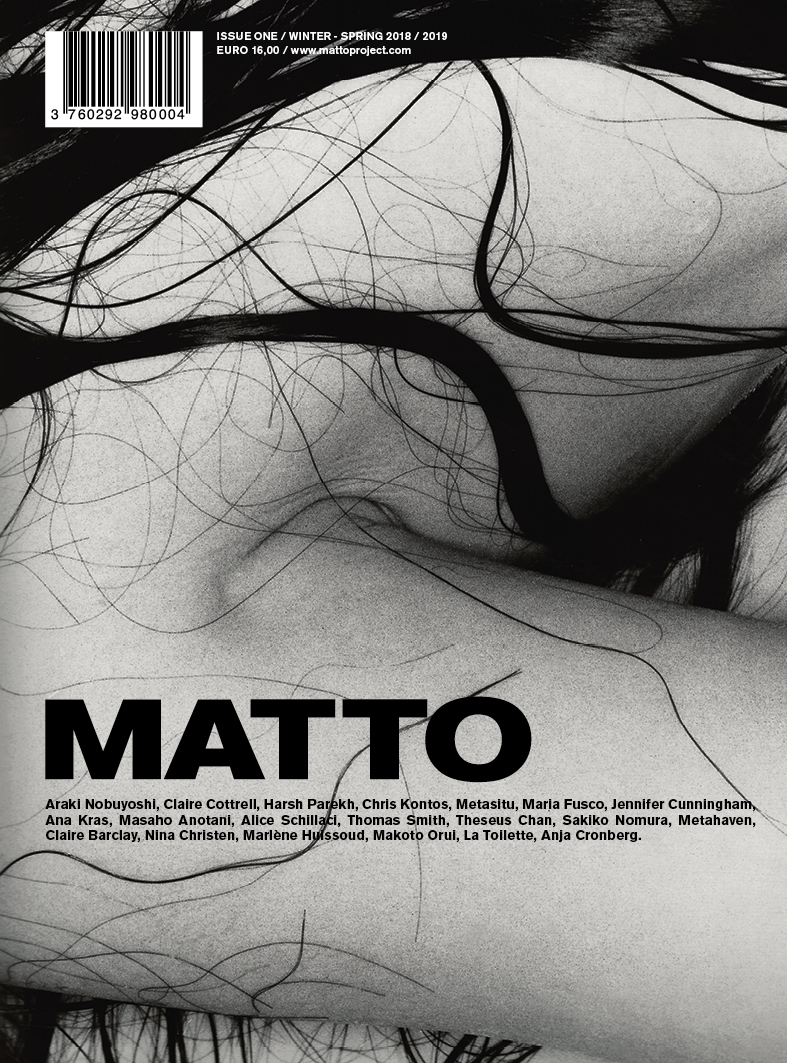
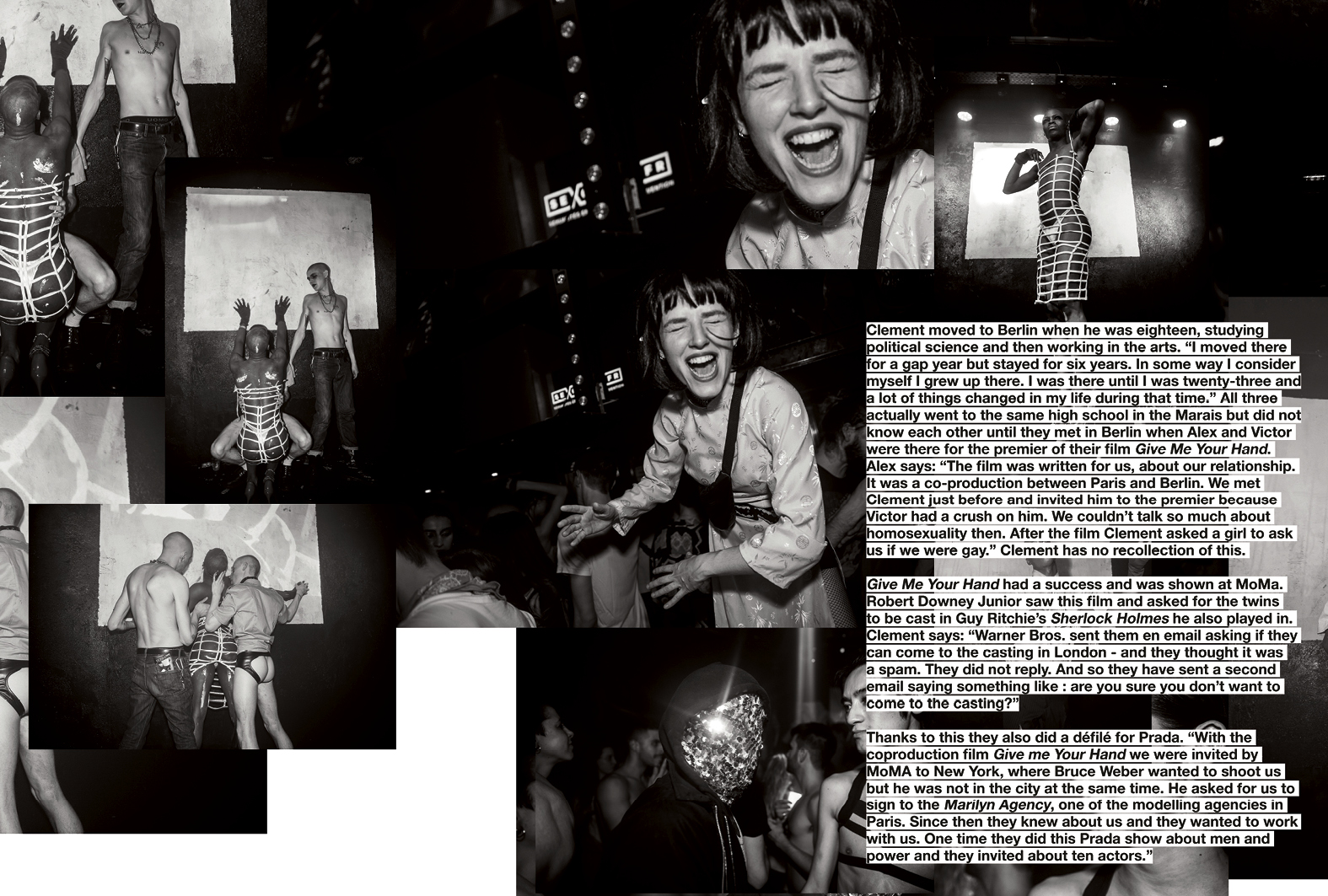
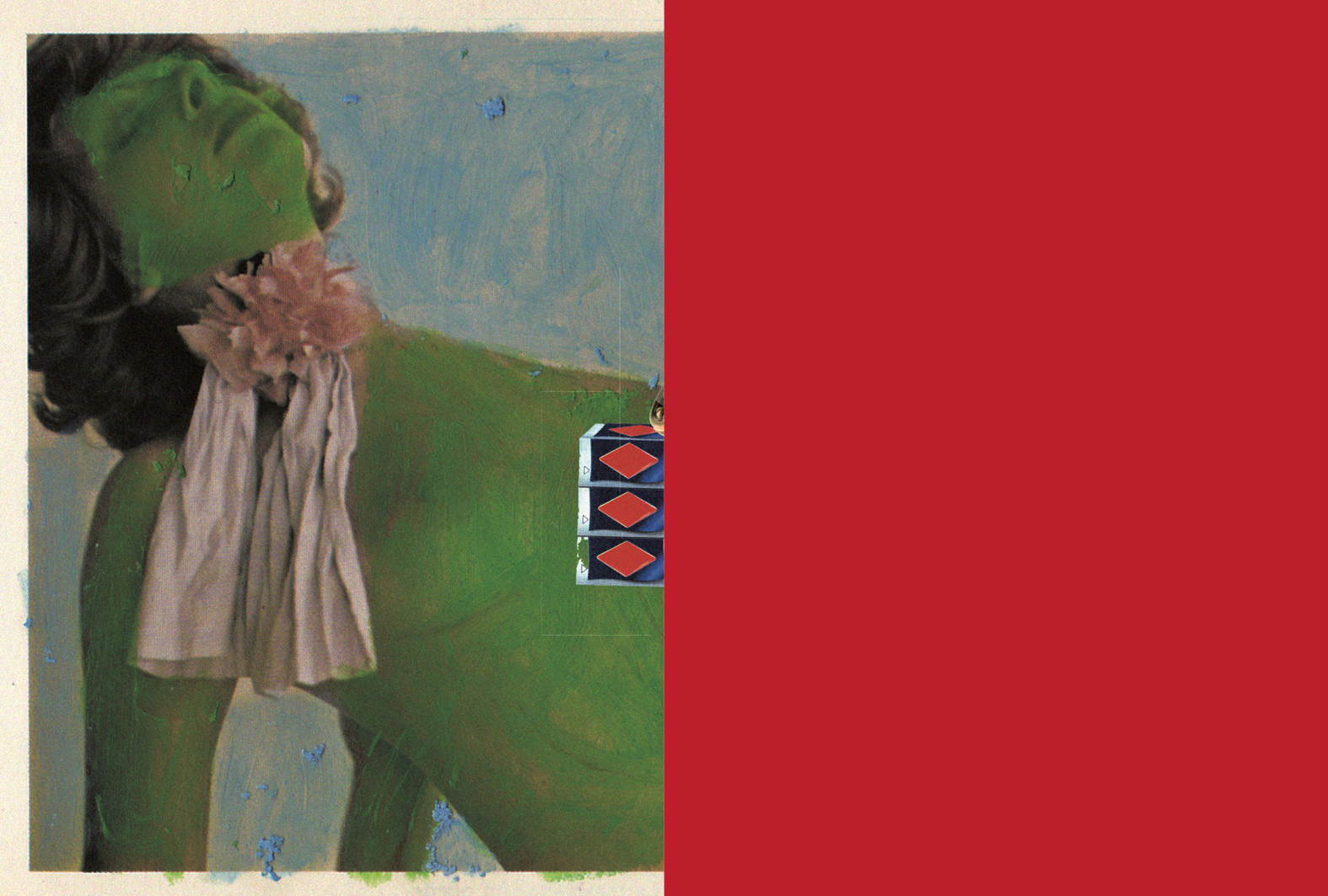
What do you hope to accomplish with your next issue? What’s something that you wanted to explore a little more in this issue that you realized only after the fact?
Dominika Hadelova: In some ways, I can already picture the second issue, but I really feel like it’s going to be a continuity, a progression of the first—this issue is the baby, and the second issue will be a little more grown up.
Aldo Buscalferri: For sure we would like to have more content, so adding more pages. Maybe in this issue we have two pieces about clubs, the first being the Kinky Club in Tokyo, and the other, the Extravaganza Club in Paris. Maybe in the next issue we take one club around the world. We came to New York and took advantage of our time here to meet some new people, do some interviews, collaborate with some people we didn’t expect to collaborate with—our work process is like that. We’re going to London in January, and we’re going to meet someone we discovered in Tokyo at the end of May, and we liked the music very much. So, we set up a meeting in Brooklyn—that’s how we create content. It’s also important to have a big part that you don’t know yet, so we can stay surprising you.
Dominika Hadelova: This is a really unique quality that Aldo has—it was something in the beginning that I was quite impressed by: the way he knows what he wants and what he likes or doesn’t, but his mind remains so open. You meet people, you can speak to them and you are always willing to try new things, and I think that is such an important quality in this industry—staying open.
What do you think is the role of art when it comes to shaping culture? How do you think we are affected by it?
Dominika Hadelova: I’m going to talk about this from the other side, from the perspective of someone who sees art but doesn’t make it themselves: I think art compels someone to question things, enables you to realize things about oneself, to ask questions that you would normally not have to ask if had a normal nine-to-five job. I think that can open up really interesting discussions and modes of thinking. Yeah, I would say to question things you formerly accepted as truth.
Aldo Buscalferri: To question yourself. Firstly, the work of art should talk to you emotionally, otherwise, without that vulnerability, your connection with the piece means nothing. Then, after this inward introspection, it should make you question the society that surrounds you.
Dominika Hadelova: Exactly. I think to be an artist, there are certain freedoms that you have to have, but those freedoms come with a lot of anxieties that most people in this realm don’t really talk about. These anxieties are exactly the reason as to why one questions how things work, and how these things could work differently. It’s something that can make a cut—to open up some wounds, bring about something fresh.
Aldo Buscalferri: Art should open up doors and windows—like you see something that you didn’t catch before. I think that art should give someone new vision, and it should resonate with you on an emotional level.
Dominika Hadelova: For us, seeing an art exhibition, to do those kinds of things, it’s like eating food—it’s something that I just can’t imagine not doing. I can’t imagine not doing all the creative things that I love.
Where does the title, MATTO, come from?
Aldo Buscalferri and Dominika Hadelova: The word MATTO means crazy in Italian. Even though we didn’t choose the title for any specific reason, we found it to be rather well-suited in the end because it is crazy to create yet another magazine. Now we like the word MATTO because it works nicely as an adjective attached—for example, we had this idea of making a sexy and glossy middle section of the magazine, which would be called Sessomatto, which translates to ‘crazy sex.’ Then there is MATTO Project—beyond making the magazine we also work on graphic design, produce video and writing as a creative studio.
Is there one thing that you now know, or an experience that gave you guys some sort of clarity you didn’t have when you began this process?
Aldo Buscalferri: You never realize the amount of time that you are going to spend on the project, quite happily though—it’s never a pain in the ass.
Dominika Hadelova: Sometimes we think we’re going crazy, you know? There are moments when you really think that you are on the borderline of insanity, and I think that really it makes you question so many things.
Aldo Buscalferri: But as I say, if you start a project like, ‘Okay, we’ll sit down at the table, what are we going to do? These economic factors… blah blah blah…’—you actually aren’t doing anything. Sometimes, it’s just about following your instincts and listening to that little voice inside your head. Then everything will figure itself out, even if it takes some time.
Dominika Hadelova: See, but it’s really quite amazing; I think that four months ago, Aldo and I didn’t know we could work in this way together. That discovery was incredible.
Aldo Buscalferri: I always told Dominika that I wanted to do a project just like this for a very long time—the project was never realized because I didn’t have the right person in front of me. But this partnership is just… fuck!
Dominika Hadelova: It literally feels like when you ignite something—I can’t believe that four months ago MATTO was just a thought that even we didn’t really believe in. Often it can feel really crazy because you’re just working from home on your own, and you have this idea in your head, and now four months later, we’re sitting here at this table talking about something we have created, something so real. It’s incredible how much your head can shift in that time if you stick with something. There were so many moments when we could have gone, ‘Fuck this,’ moments when we were exhausted, and all the emails and what not, but you just have to keep going.
MATTO Issue One is out now. Buy it here and at the office Newsstand.
